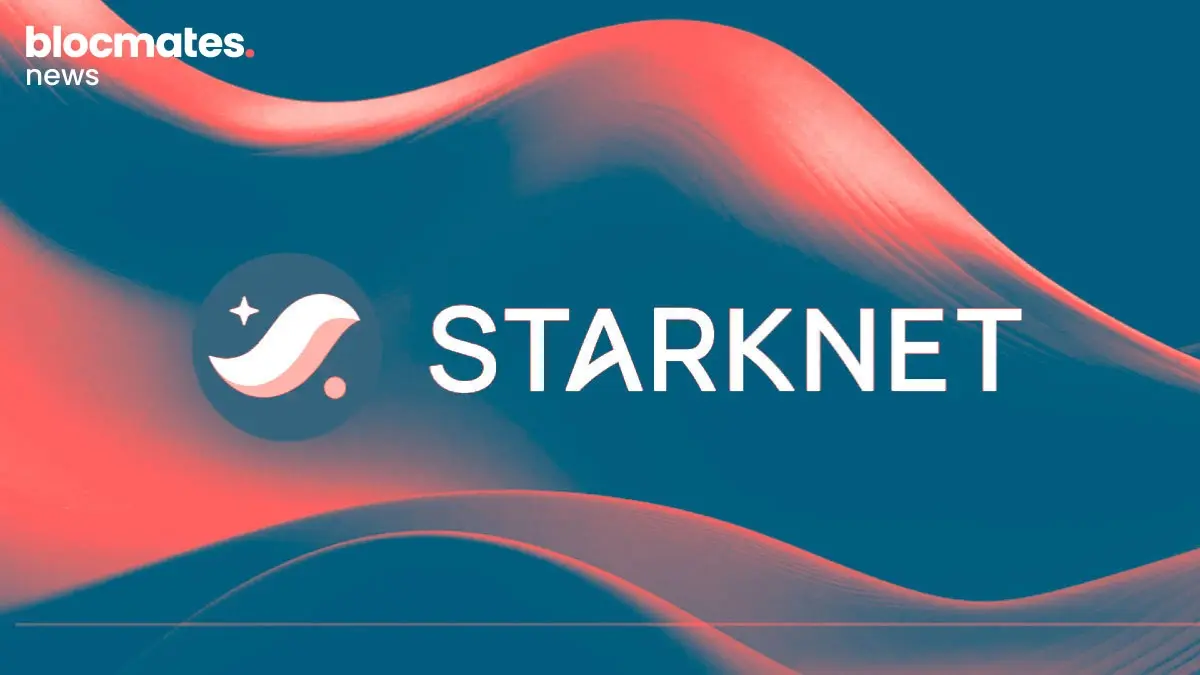What is Ethereum’s Beam Chain? Ditching Beacon for the Future of Ethereum
Alright, I know what first comes to mind when you hear the word Ethereum, but let’s pretend we are all in it for the tech for a moment.
Now, in a world where the technology actually mattered, Ethereum would be worth a few hundred thousand by now, and we would all be praising Vitalik as a crypto christ while flashing our Rolex’s out the window of our Lambos and G-Wagons.
Or would we?

Truth be told, there are some pretty big issues with the current Ethereum network and its scattered roadmap.
Thankfully, however, Justin Drake addressed some of these issues at the recent Devcon event in Bangkok.
When Drake took to the stage to make his big announcement for the future of Ethereum, many in the crowd thought that the devs had finally done something that would send the price flying and bring redemption to all the ETH-holding mid-curvers, tech nerds and boomers.
The announcement was, instead, somewhat of an anticlimax for many Ethereum bagholders, and the general sentiment across CT was one of overwhelming disappointment.

The real question is, was the mediocre reaction warranted? Or have we all just become a bunch of redacted morons whose dopamine receptors are so fried that we can’t simply sit back and wait for a good thing to play out?
Read on and find out for yourself.
The current state of Ethereum
In order to really understand the big deal with this new Beam chain proposal, it pays to get some background on the current state of the Ethereum network.
The story began on December 1st, 2020, with the shipment of the Beacon chain, which brought the official effort to convert Ethereum to a proof-of-stake (PoS) network.
Beacon chain was a testnet built to ensure that the new PoS consensus mechanisms were working as planned before it went live on the Ethereum mainnet.
Originally, it ran alongside the proof-of-work (PoW) mainnet chain and consisted of empty blocks.
Once satisfied with its performance, Ethereum’s PoW mainnet switched off, two chains became one and Beacon began accepting transaction data from execution clients and pumping out blocks using this new PoS tech.
This very long-awaited event was known as The Merge and brought to life Ethereum 2.0 in September of 2022.

Once The Merge had occurred, Beacon chain became the new consensus layer of the Ethereum network. With that, taking over the task of handling all of the consensus logic necessary to make Ethereum the greatest PoS chain the world had ever seen at that point in time.
It’s worth noting that the Beacon chain only represents the consensus layer of the Ethereum network, which is responsible for taking care of all the staking requirements needed to validate Ethereum blocks.
It has nothing to do with the execution layer whose job is handling transactions and smart contracts.
This transition to PoS from PoW was intended to make Ethereum more decentralized, secure, and easily scalable for future performance enhancements, allowing it to become the one chain to rule them all.
These three factors, decentralization, scalability, and security, make up what is known as the blockchain trilemma, and solving this trilemma is the grand vision of Ethereum.
No easy task, even for the biggest brains in the industry.
The problem with solving this trilemma is that it’s very hard to improve one area without sacrificing another. If you’re willing to sacrifice decentralization, then you can scale easily, but a loss of decentralization means a loss of security at the same time.
For this reason, Ethereum has put forward an ambitious roadmap that includes not only The Merge but also The Surge, The Verge, The Purge, The Splurge, and The Scourge.
Yeah, I know. It all sounds a bit ridiculous, but if it means faster, more secure, and cheaper transactions on the world's biggest PoS network, then who am I to judge?

You can check out all things Ethereum roadmap related here.
So what is Ethereum’s Beam Chain?
The Ethereum roadmap and all its stages were predicted to take somewhere between 5-10 years to be fulfilled, with the highest priority steps to be taken first.
This is where Justin Drake comes in.
After a Bruce Buffer-like intro, he took to the stage before a large audience to blow everyone's minds with this highly anticipated announcement that was set to change the future of Ethereum forever.
What did we get?
Well, this groundbreaking announcement was just a proposal to bundle all of the roadmap steps into one and have them shipped by…. Wait for it…..
2029.
If one had listened closely enough, they could’ve heard the groans echoing from that Bangkok conference room on the other side of the globe.

Jokes aside, it pays to understand the level of technical difficulty being taken on here.
And yes, it likely took less time for Elon to send a spaceship into orbit, for Henry Ford to build his Model T from scratch, and for the Buddha to reach Nirvana, but we are talking about the greatest feat in decentralized finance ever seen by mankind.
It's a pretty big deal, right?
The idea of the Beam chain is to vastly upgrade the current consensus layer of the Ethereum network, aka the Beacon chain. It’s actually more of a complete overhaul than just an upgrade, hence the five-year timeline.
Drake himself stated that the big reason for this overhaul is to reduce the technological debt that has built up on the Beacon chain over the past five years.
In other words, it's simply outdated.
There are three main components of the roadmap that the new Beam chain proposal intends to bundle up, figure out, and ship:
- Block production
- Staking
- Cryptography

Block Production
In its current form, the Ethereum network finalizes a block in about 15 minutes. This slow block time opens up a large window of time for Maximum Extractable Value (MEV) to occur, which can cause losses for the network and its users.
It’s also too slow to run state-of-the-art applications that require incredibly fast throughput rates to satisfy their customer demand and technical requirements.
Something has to change.
Beam chain plans to decentralize the builders and relay levels, increase censorship resistance, and bring forward much faster slot times. The stated goal here is four-second blocks, which is a massive increase from the current 15 minutes required by the Beacon chain.
Censorship resistance will be improved by introducing EIP-7805 Fork-choice enforced Inclusion Lists (FOCIL), which guarantee fast inclusion of transactions into blocks, as well as isolated validators and execution orders that make preventing a transaction from being added to the block much harder to do.

This censorship resistance is important as many transactions, especially in DeFi applications, can lose value or become “stale” if an adversary were to prevent them from being added to the current block.
This affects the reputation of the application itself as well as being a pain in the ass for the user.
How does Beam affect staking?
The Beam chain proposal proposes drastic changes in staking requirements that could significantly impact the overall Ethereum ecosystem.
The biggest of these changes is a reduction in the amount of ETH needed to become a network validator. Currently, the minimum requirement is 32 ETH, which is just too much for the average peasant to contribute to helping secure the network.
Instead of the 32 ETH currently required, Beam chain will implement a 1 ETH requirement.
This means that even the guy begging for your change outside the local liquor store can save up all his pennies and become a validator of the Ethereum network.
This reduction in staking requirement means that large staking pools currently held by exchanges and other big players will no longer have full power over the network, thus creating further decentralization.
However, some yield impacts must be considered here, and one could expect validator rewards to drop from their current level of around 4%.
On the plus side, this reduction in the staking requirement could incentivize more people to stake their ETH, which means less sell pressure overall.
Now you only have to worry about the Ethereum Foundation unloading their multi-million dollar clips on your head. What a relief!

Cryptography
With quantum computing on the horizon, it is important that cryptographic standards keep pace to maintain the security of any blockchain network.
Recent advancements in cryptographic technology are a big part of the tech debt that the current Beacon chain holds. Zero-knowledge (ZK) proof technology has come a long way in the last five years.
Beam chain intends to “SNARKify” the entire chain using SNARKs (succinct non-interactive arguments of knowledge) which are a more secure cryptographic hash-based signature that allows real-time consensus proof even on basic level hardware.
These SNARK-based hashes are also much harder to crack even with future advancements in computing power and will maintain the future security of the Ethereum network and your shitcoin bags.
Because this SNARKification takes place off-chain, any issues with the proofing mechanisms can be dealt with independently without requiring changes to be made on-chain.
This means they can also be easily switched out for better options as the tech continues to improve. Drake's Beam chain proposal doesn’t stop there.
The idea to build support for ZK proofs directly into the Ethereum mainnet means that performance levels currently only found on Layer-2 solutions may become a reality on the Ethereum layer-1 network.
This could have serious implications for the current Layer-2 landscape, but at least we might be able to say goodbye to those crazy bull-run gas fees forever.

Closing thoughts
Although Beam Chain’s underlying upgrade concepts aren't really new, Drake's proposal to bundle all these elements of the roadmap together into one and tackle them head-on is somewhat bullish for Ethereum's future.
The elephant in the room here is obviously the timeline and Drake’s own words “In the past five years, so much has happened.”
This surely begs the question of what the space will look like in another five years, given the exponential curve of crypto tech that is taking place as we speak.
In many ways the criticism is warranted, especially as we have seen other chains, like Solana, hot on the heels of Ethereum this cycle and gaining ground rapidly.
Solana seems focused on shipping as quickly as possible, and with Ethereum's extravagant timeline, they've been given a five-year head start.
Remember, we are not talking about an ETH 3.0 rollout here; it’s just an update to the consensus layer, so the amount of time they have put aside to get the job done is somewhat worrying for Ethereum bulls.
The reasoning behind this Beam chain timeline is that Ethereum carries with it hundreds of billions of dollars in assets and TVL, and for this reason, every precaution needs to be taken to ensure such a roll-out goes as smoothly as possible. This is a hard reason to argue with.
Also, remember that Beam chain is currently only a proposal and not a solidified part of the Ethereum roadmap, so it is very likely that iterations will need to be made to the plan before it even gets underway.
This alone could cause it to drag out for longer than currently anticipated.
The Ethereum Foundation has stated that it intends to draft a comprehensive specification for the Beam chain sometime in 2025, begin production coding in 2026, and aim for full deployment in 2029-30.
At the rate things are currently moving, we might be live-streaming Pumpfun rugs from Mars by then.
The full Beam chain presentation from Justin Drake can be watched here and begins at the 2 hour mark.





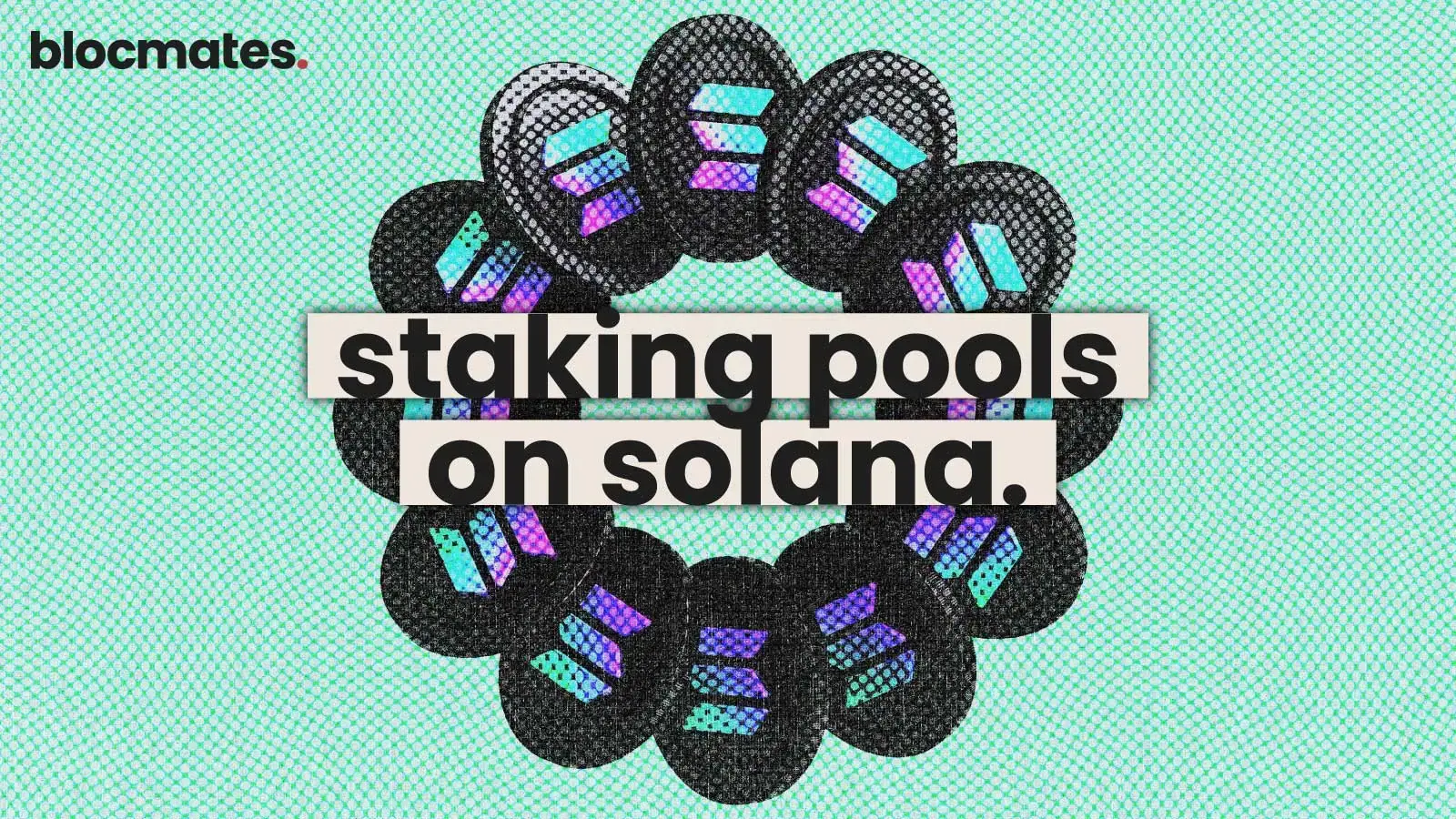





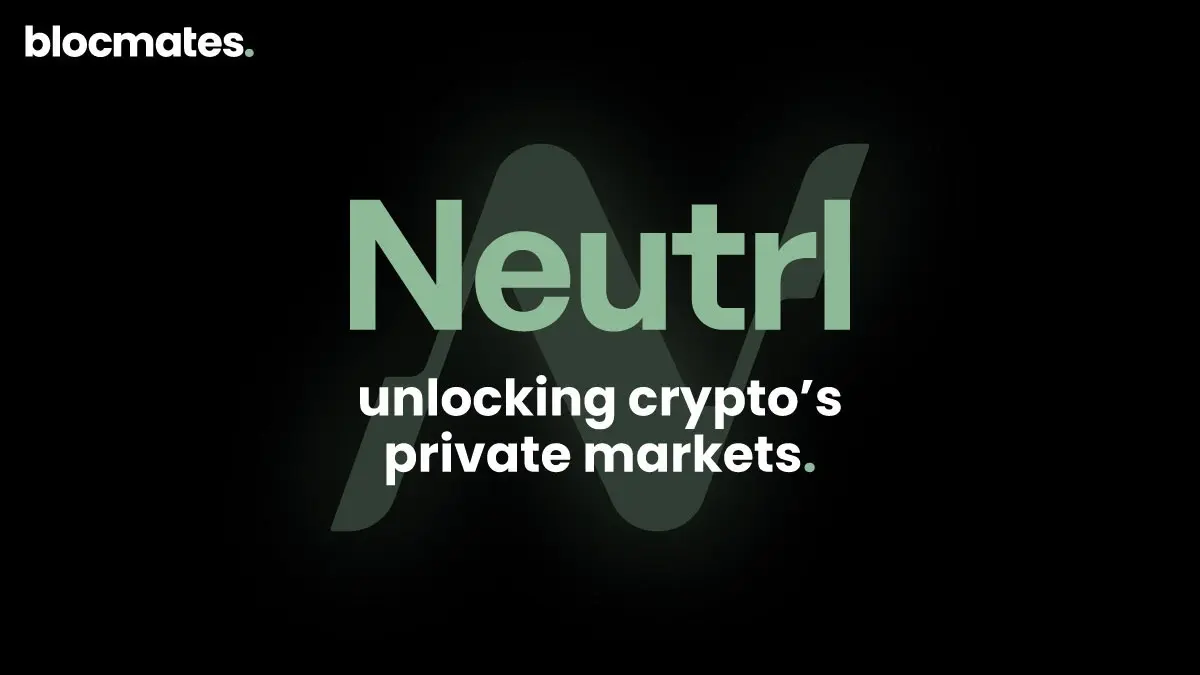


.webp)

.webp)
.webp)
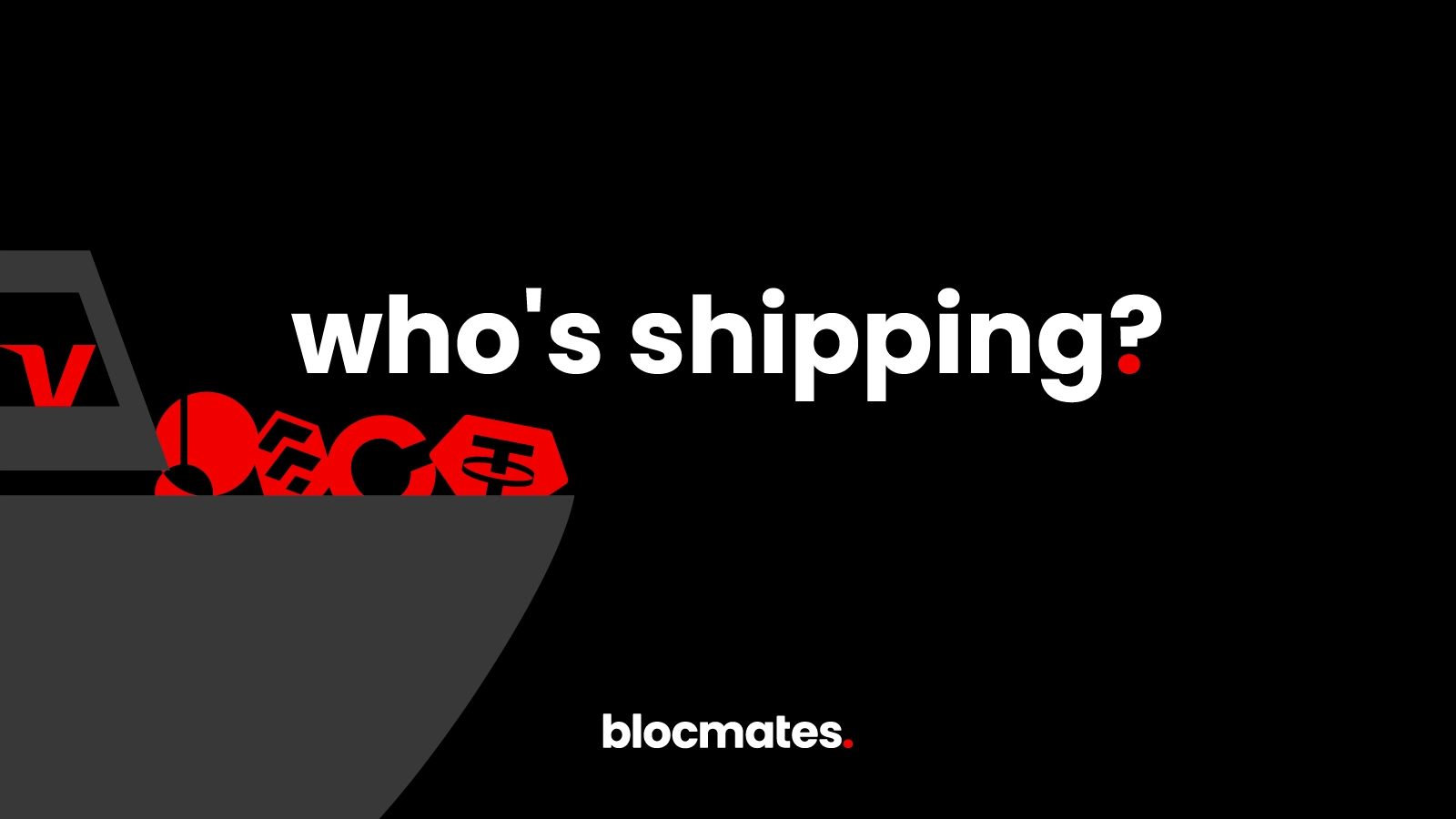
%20(1).webp)
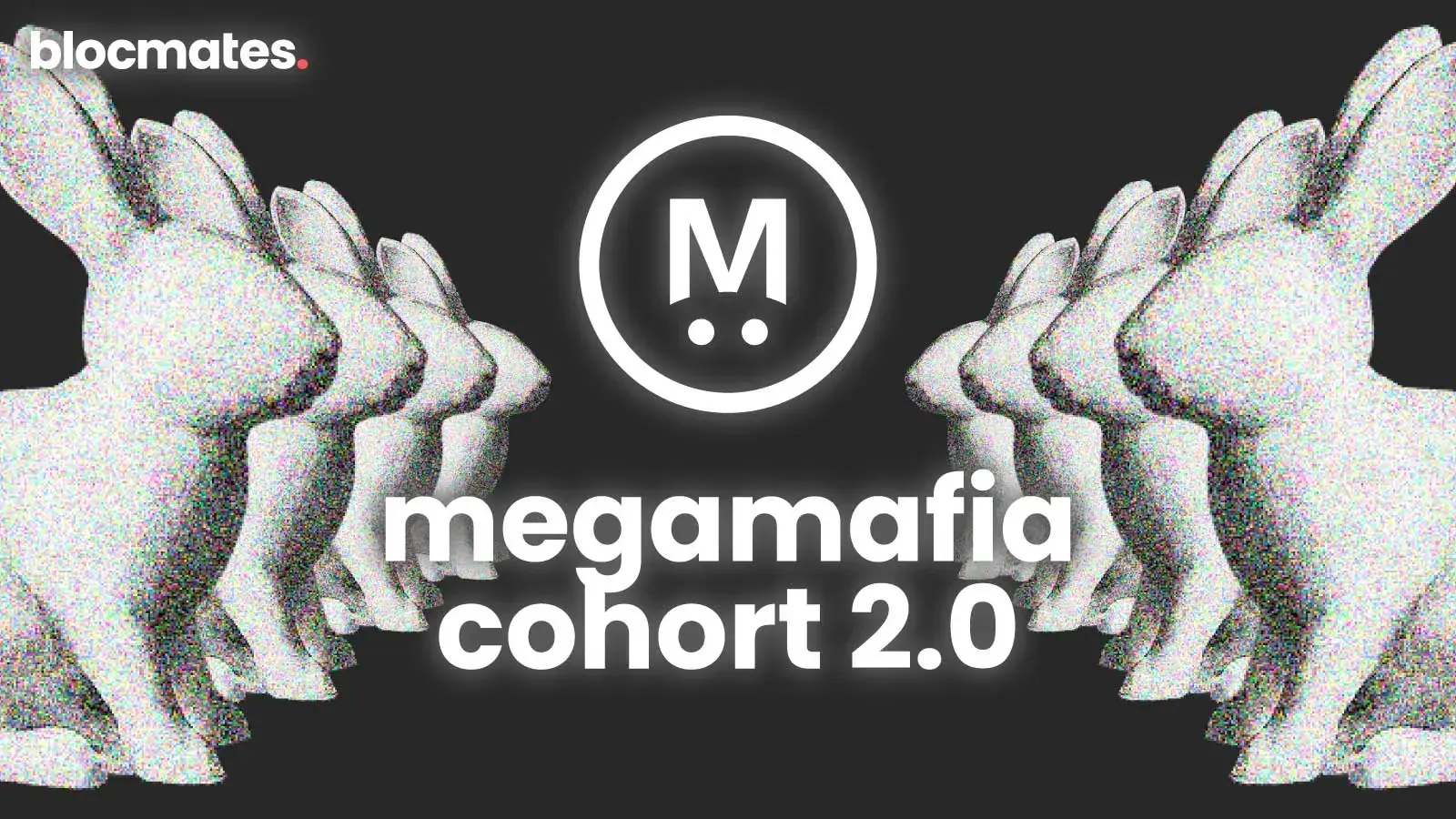
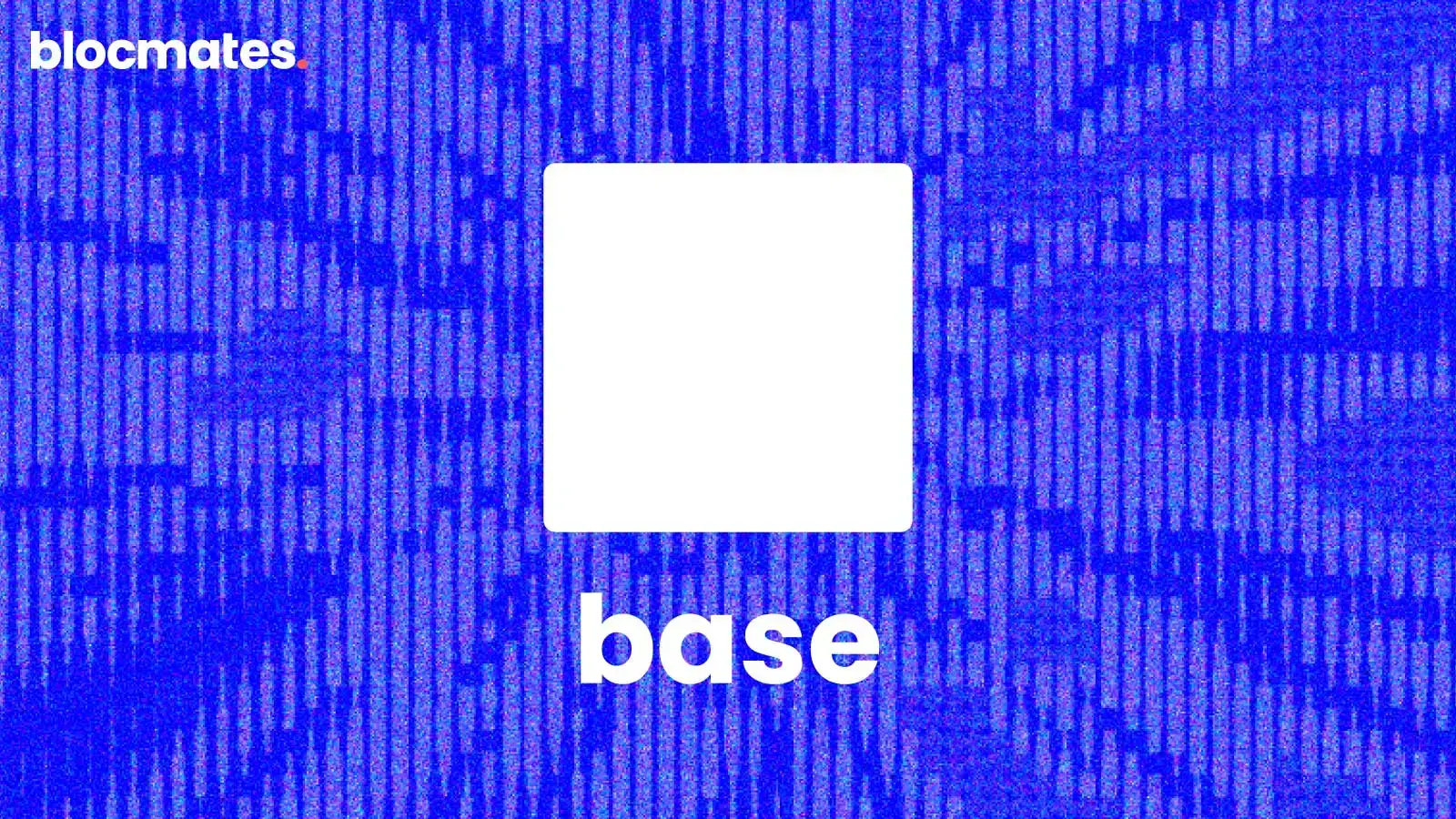
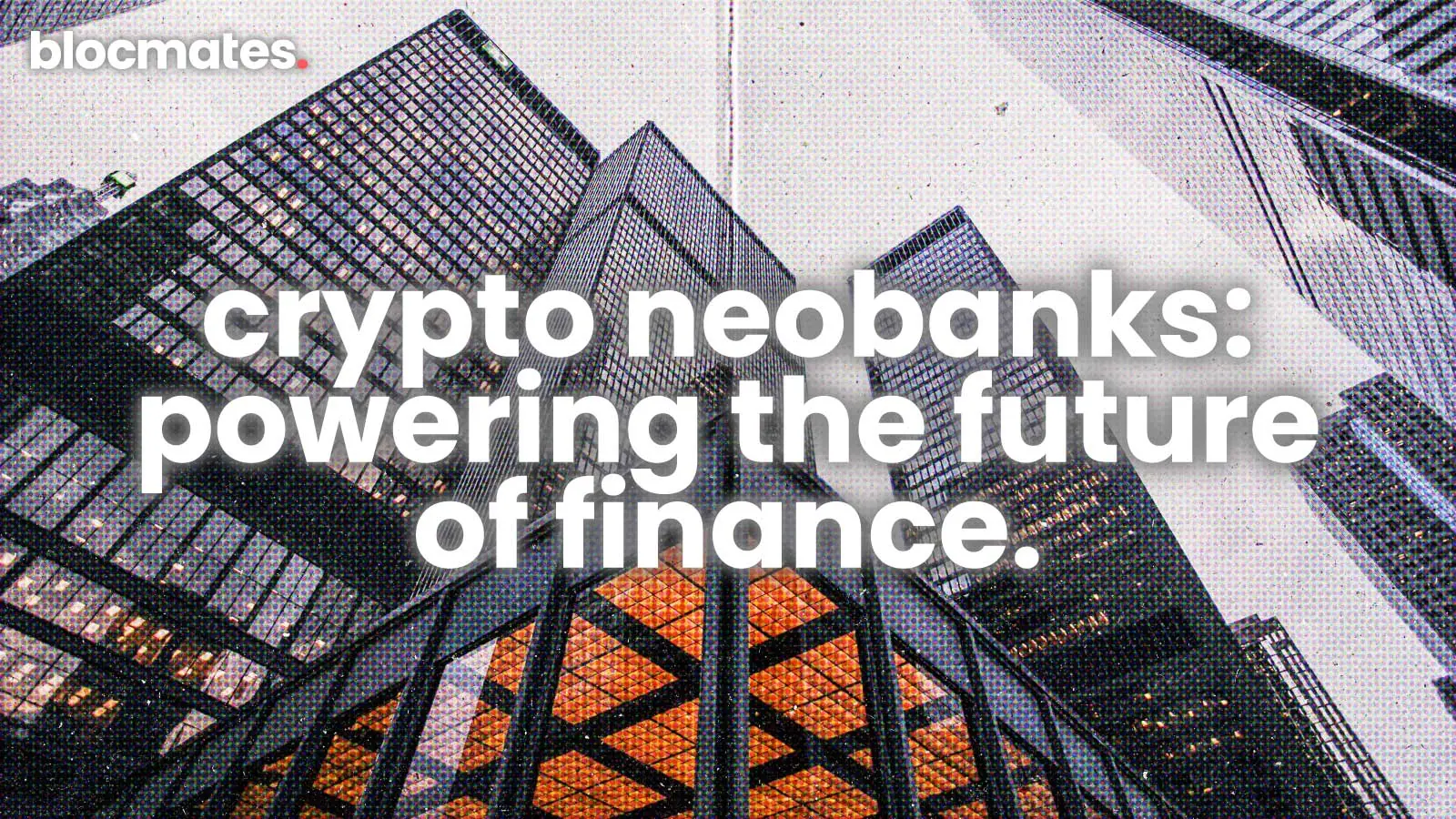


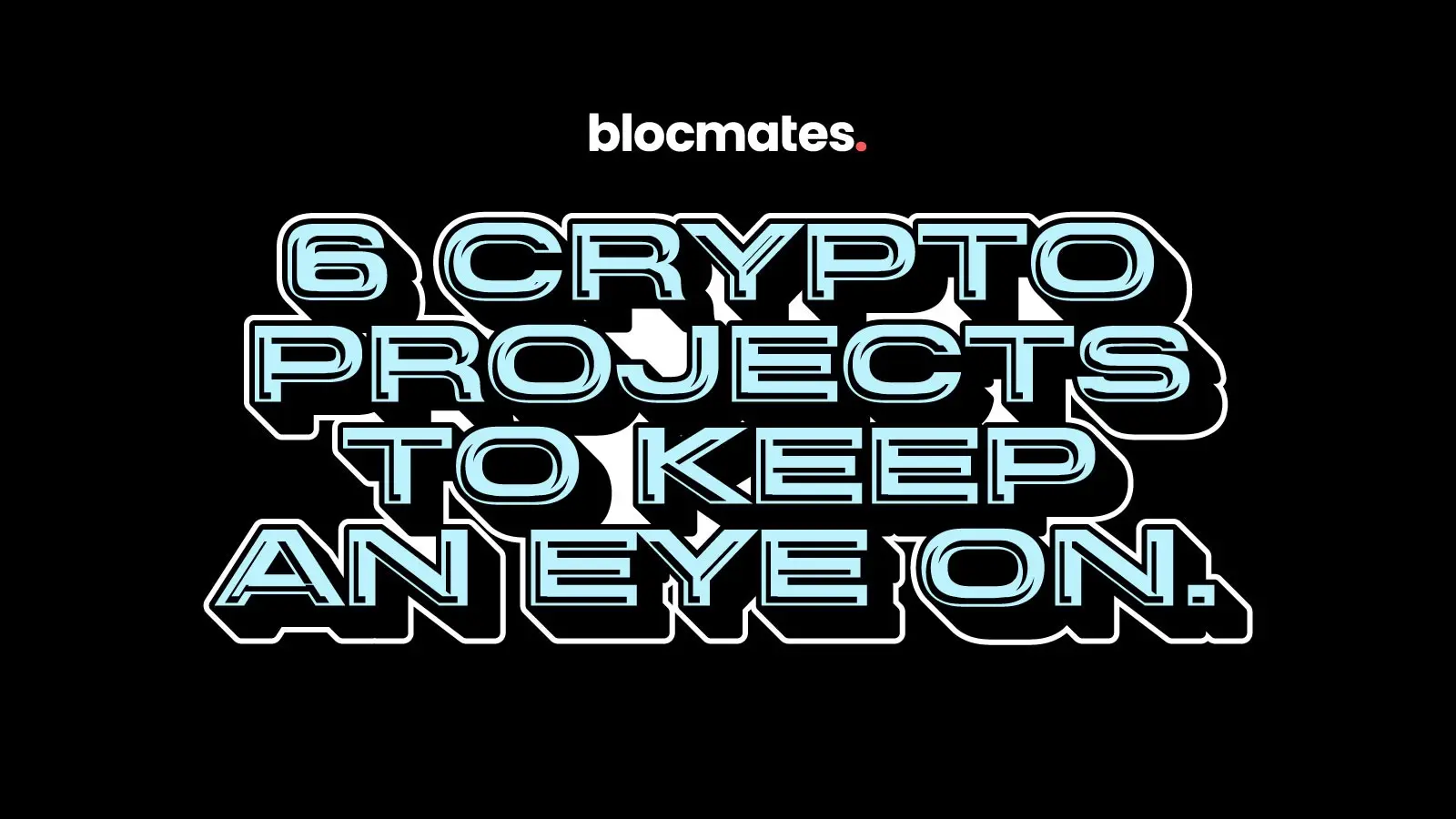
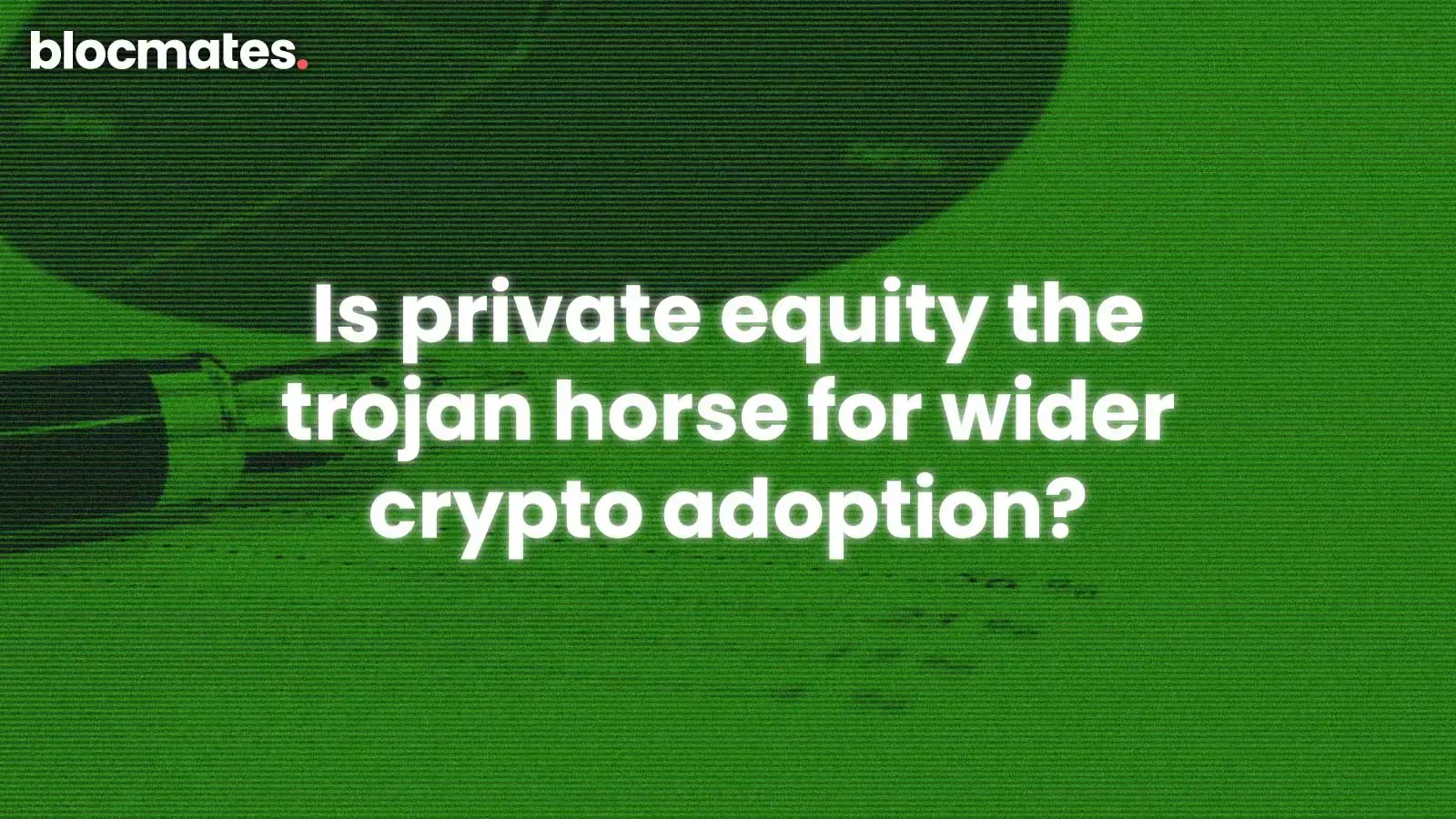
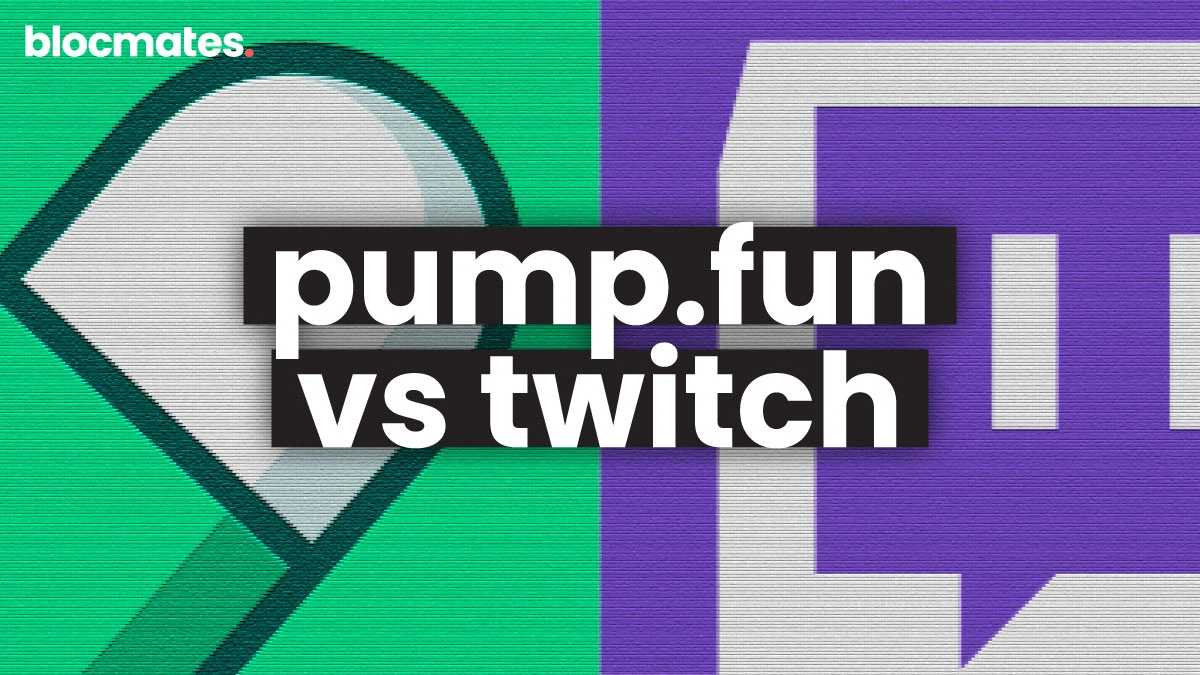

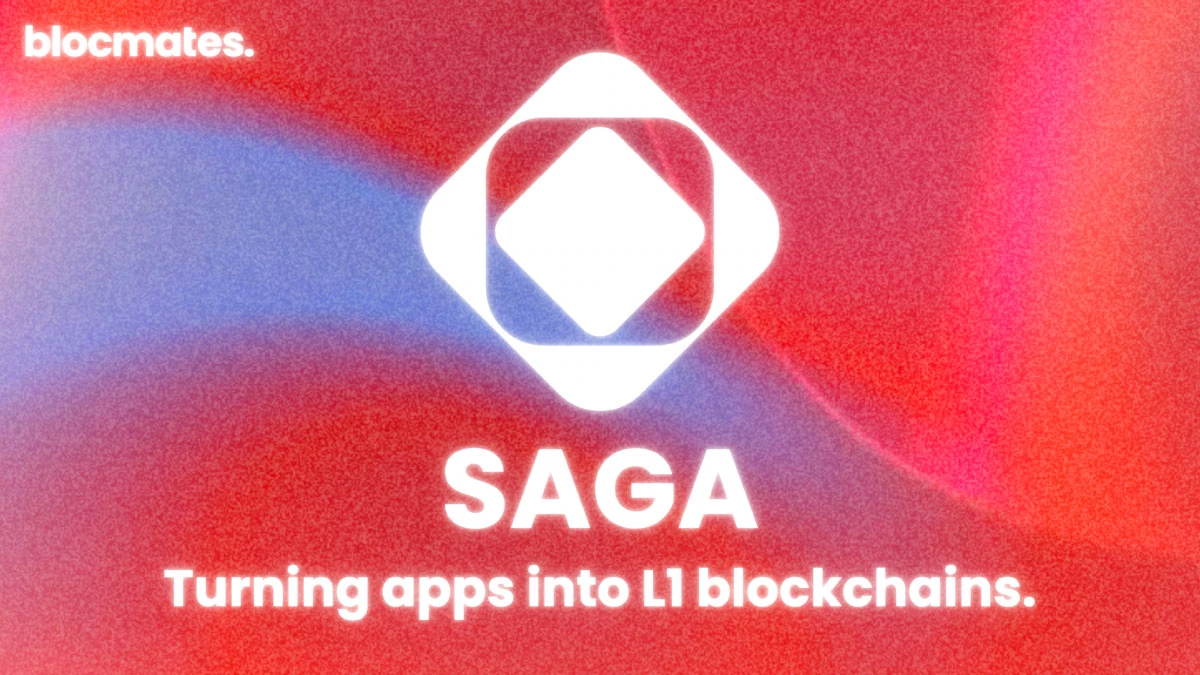

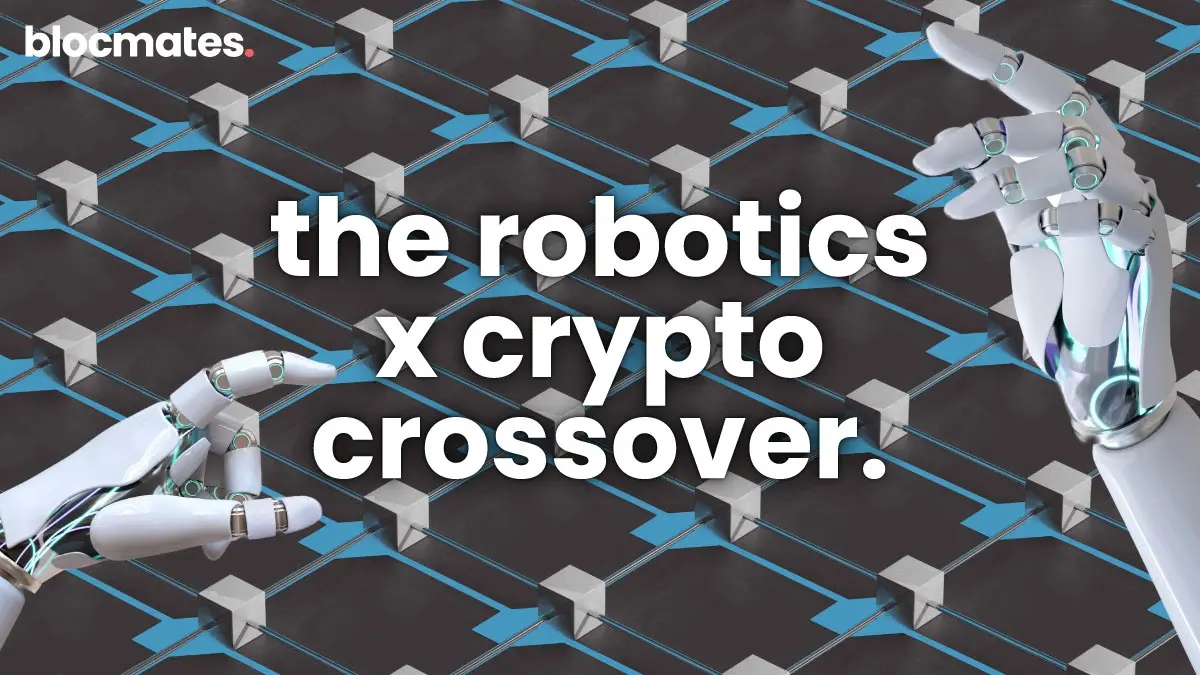
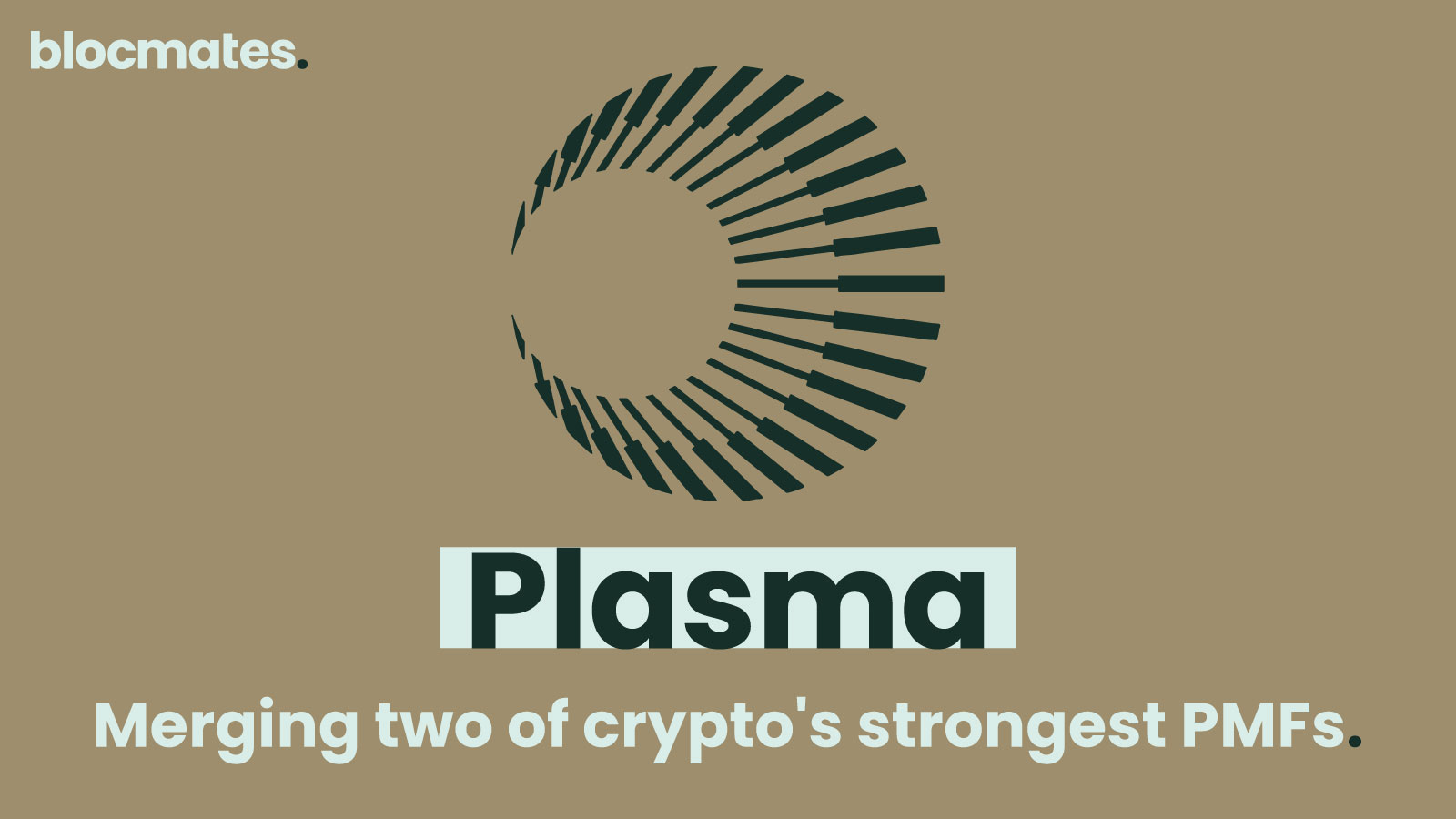

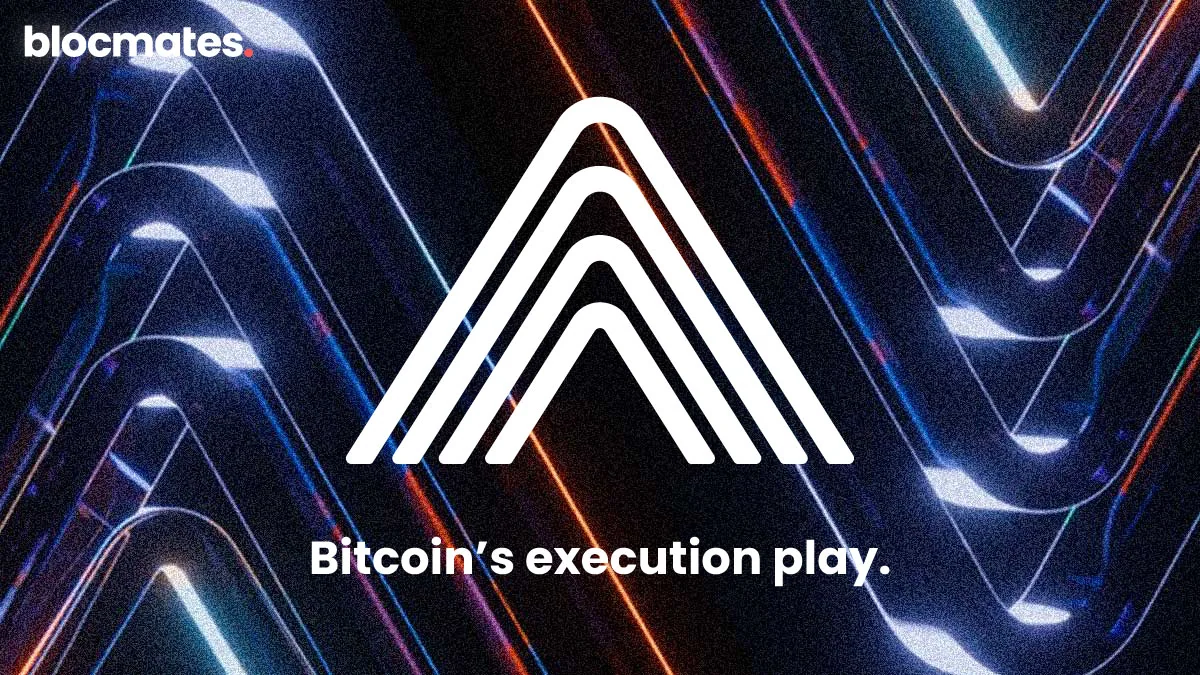
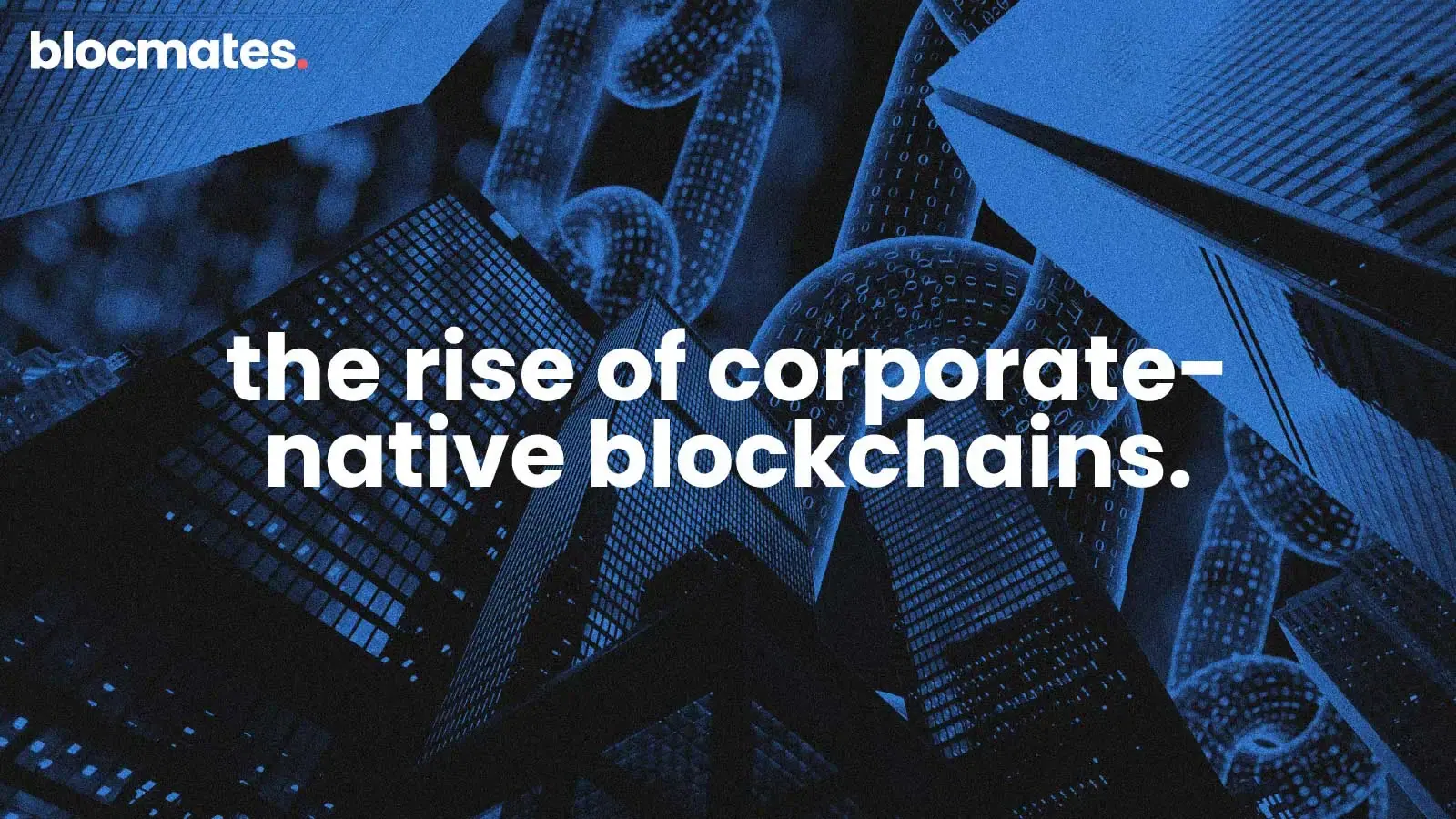
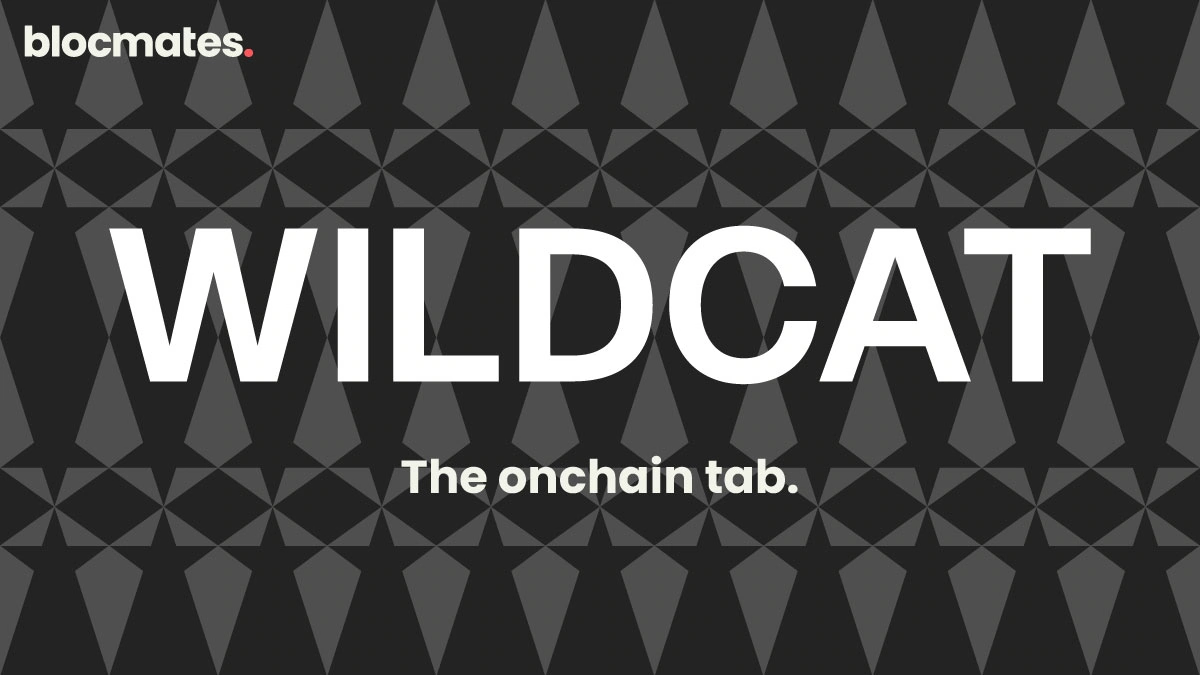
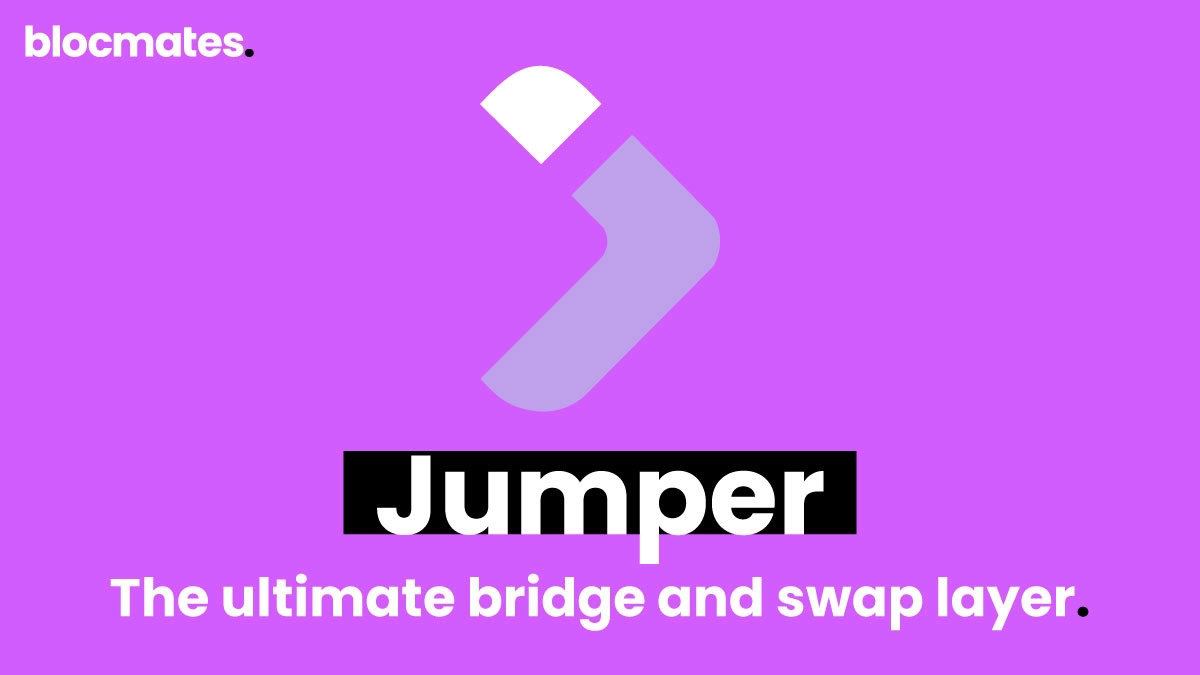
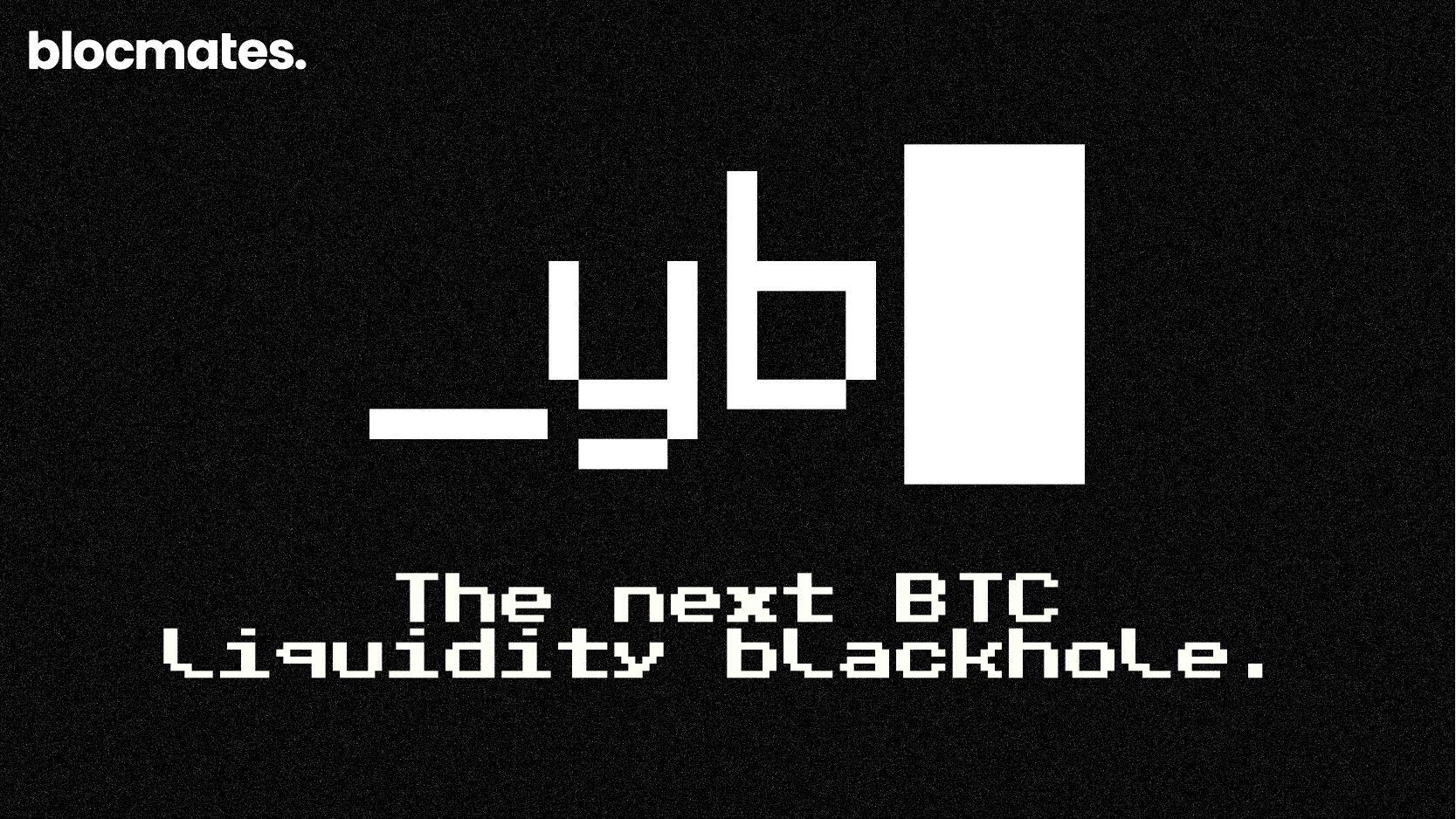
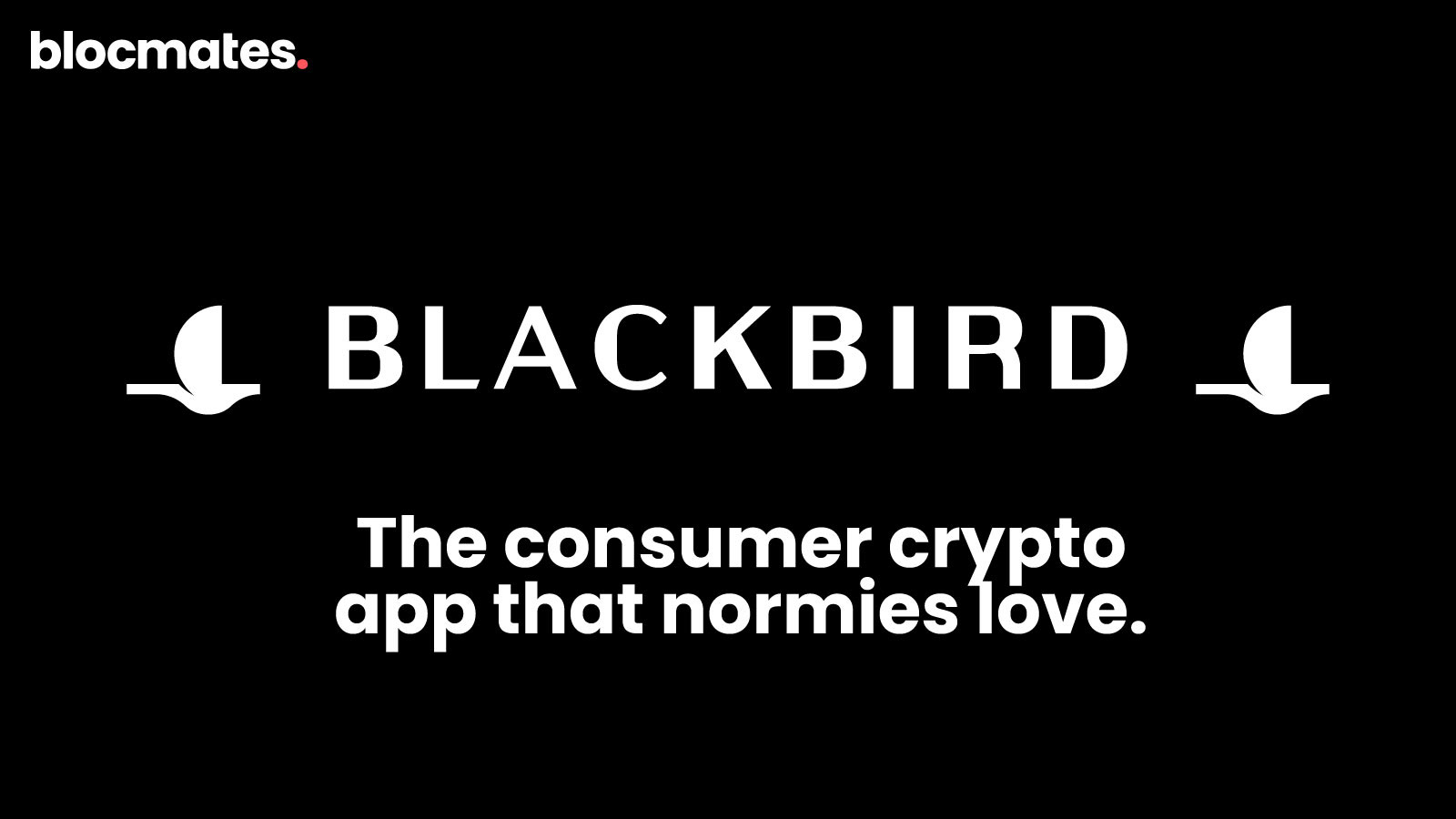
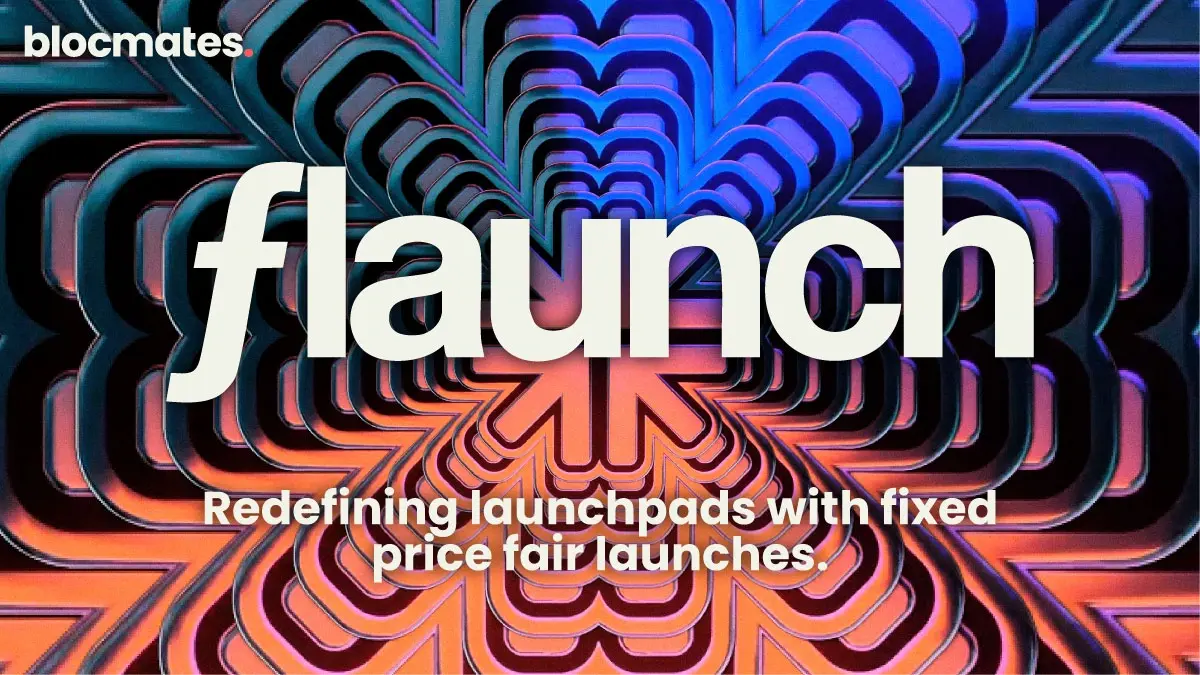

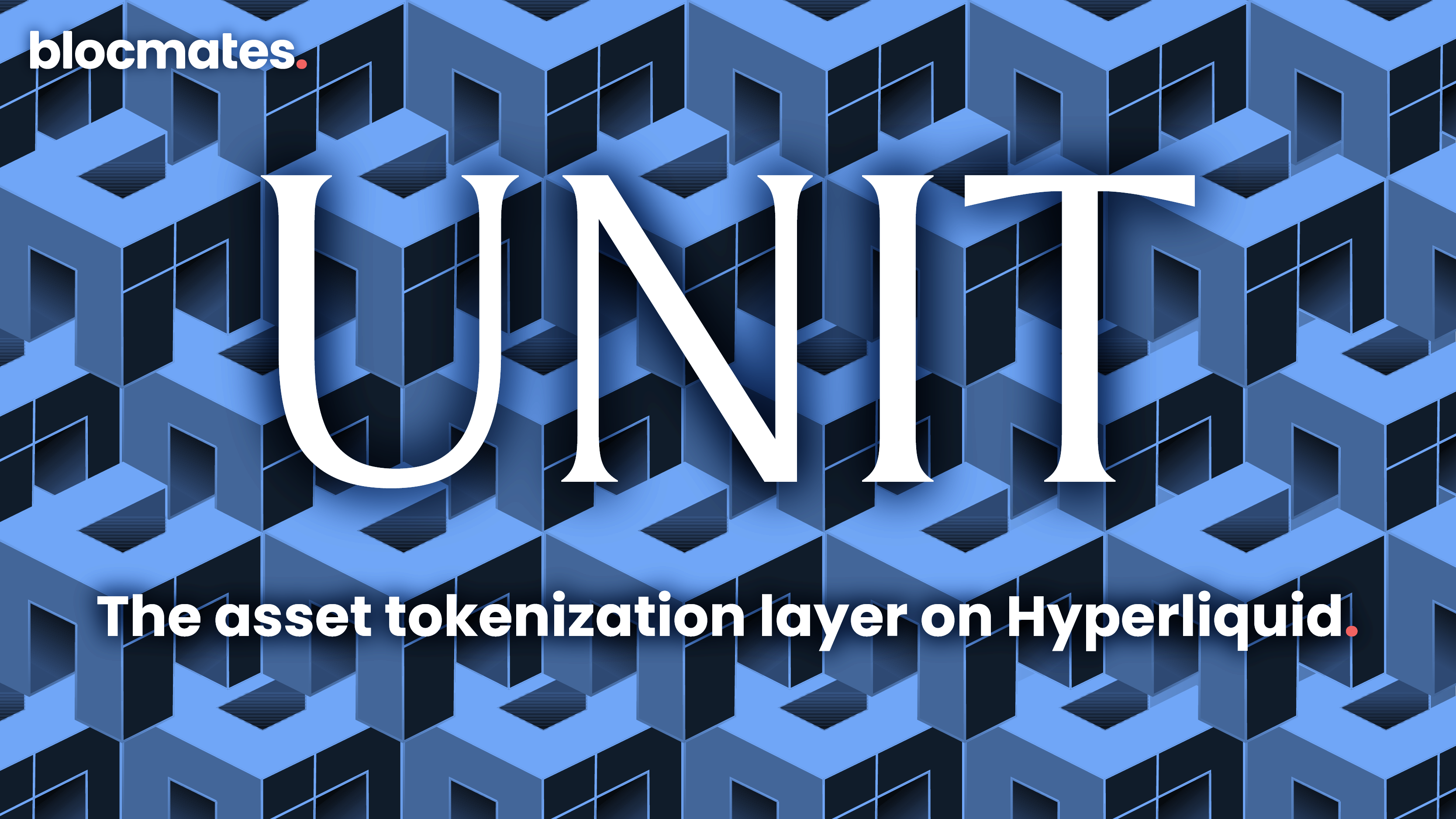



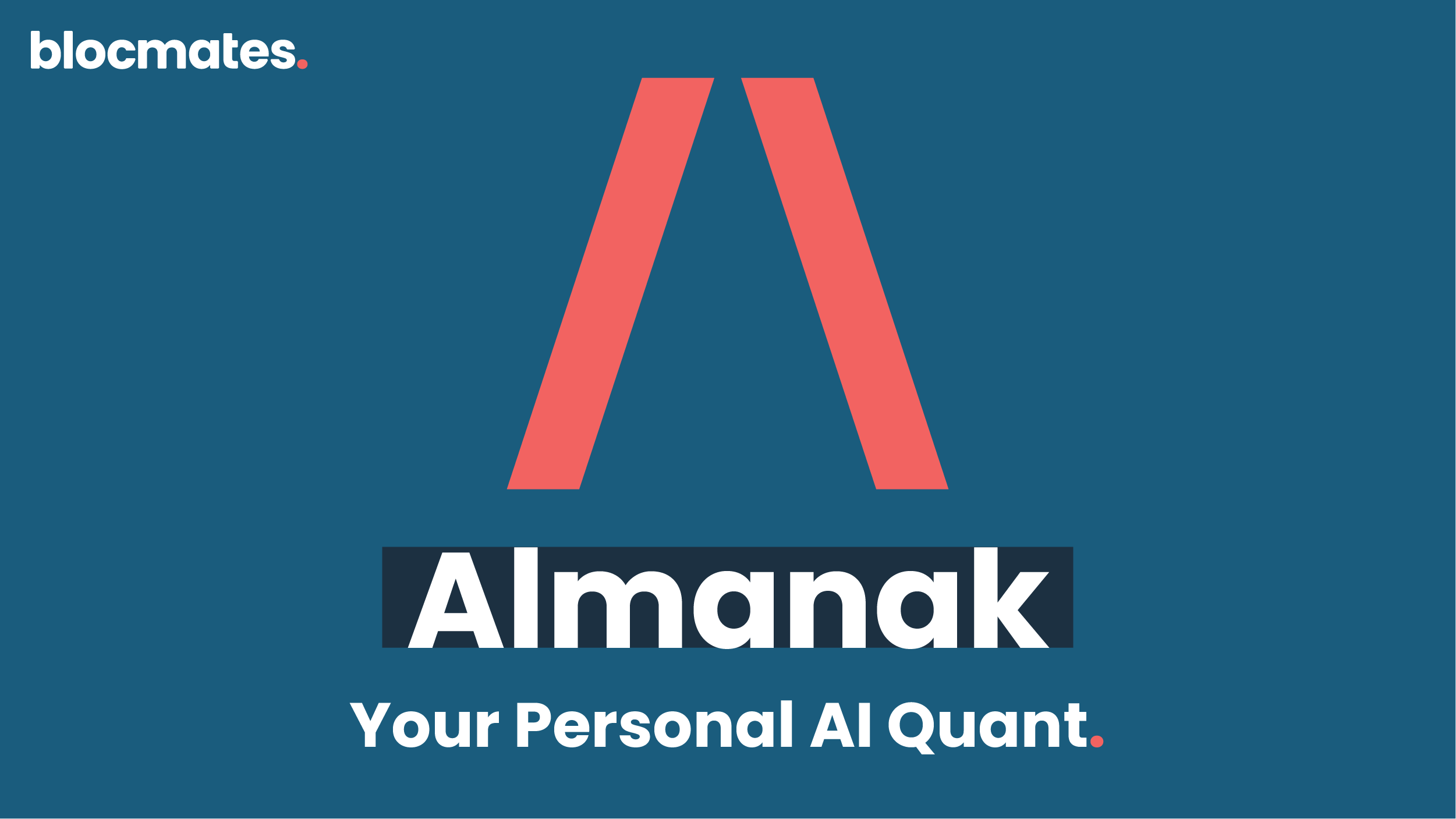
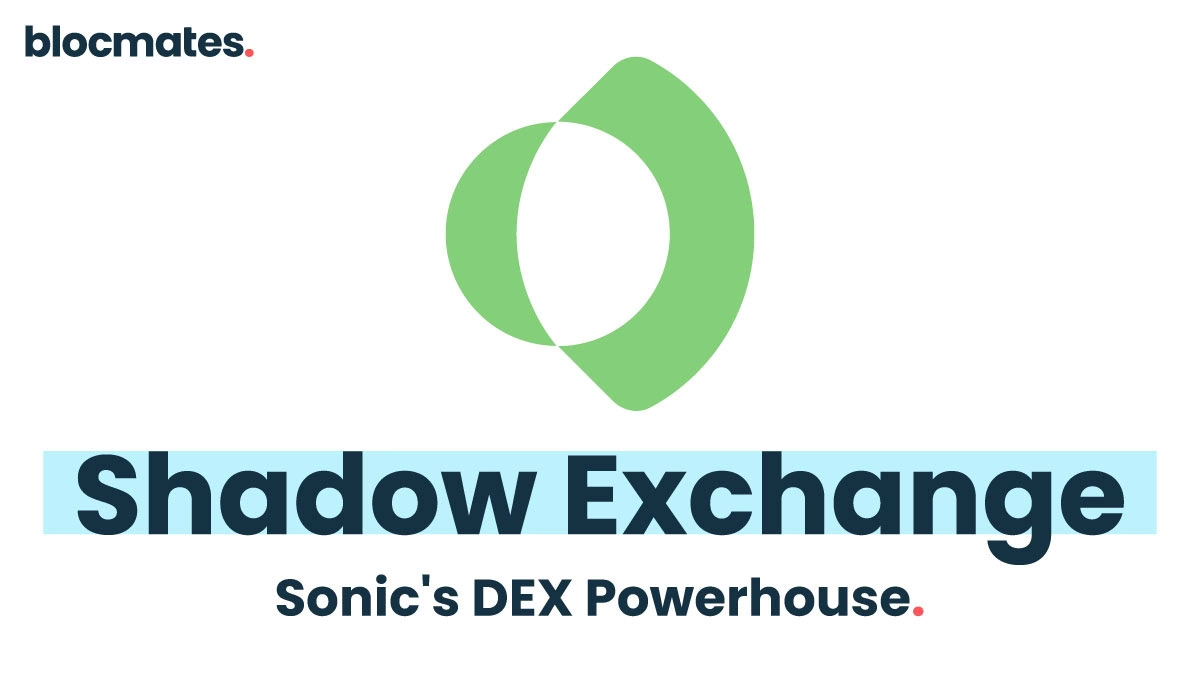


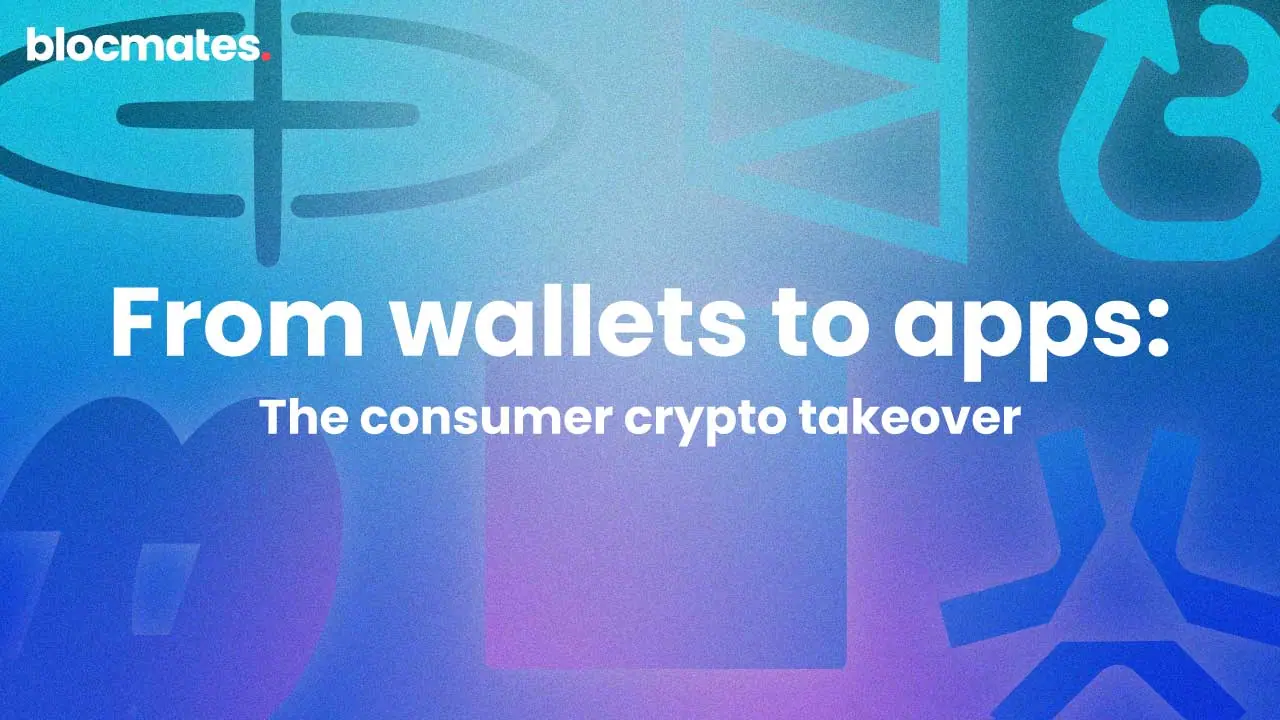



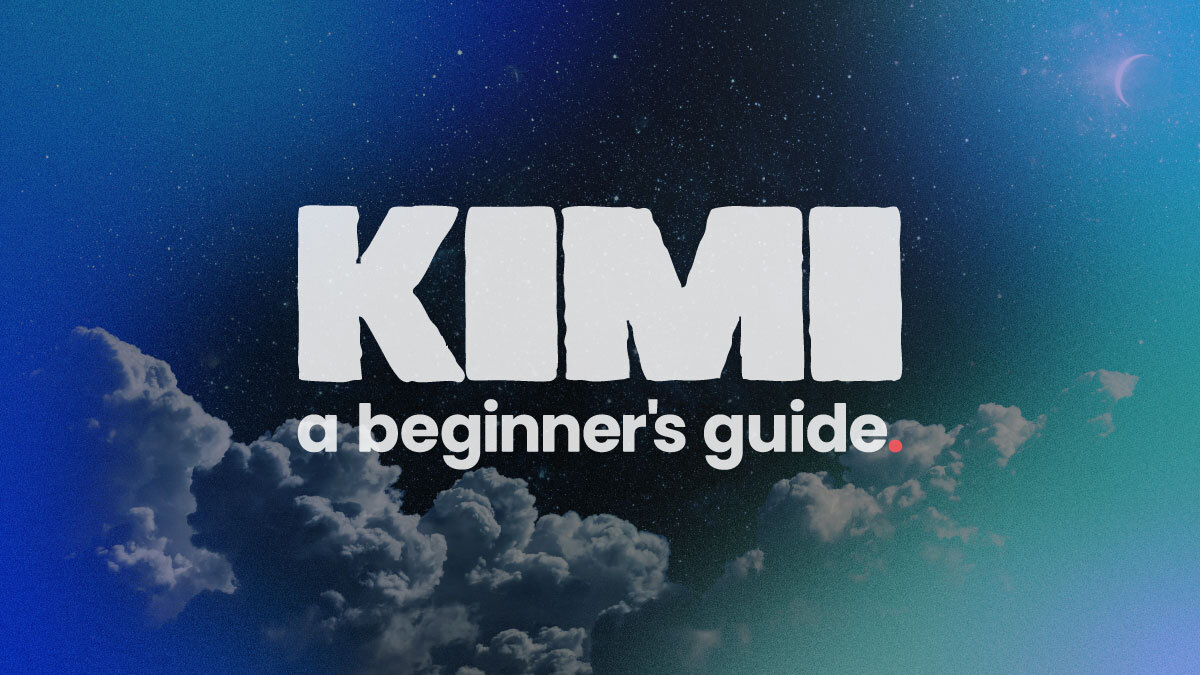
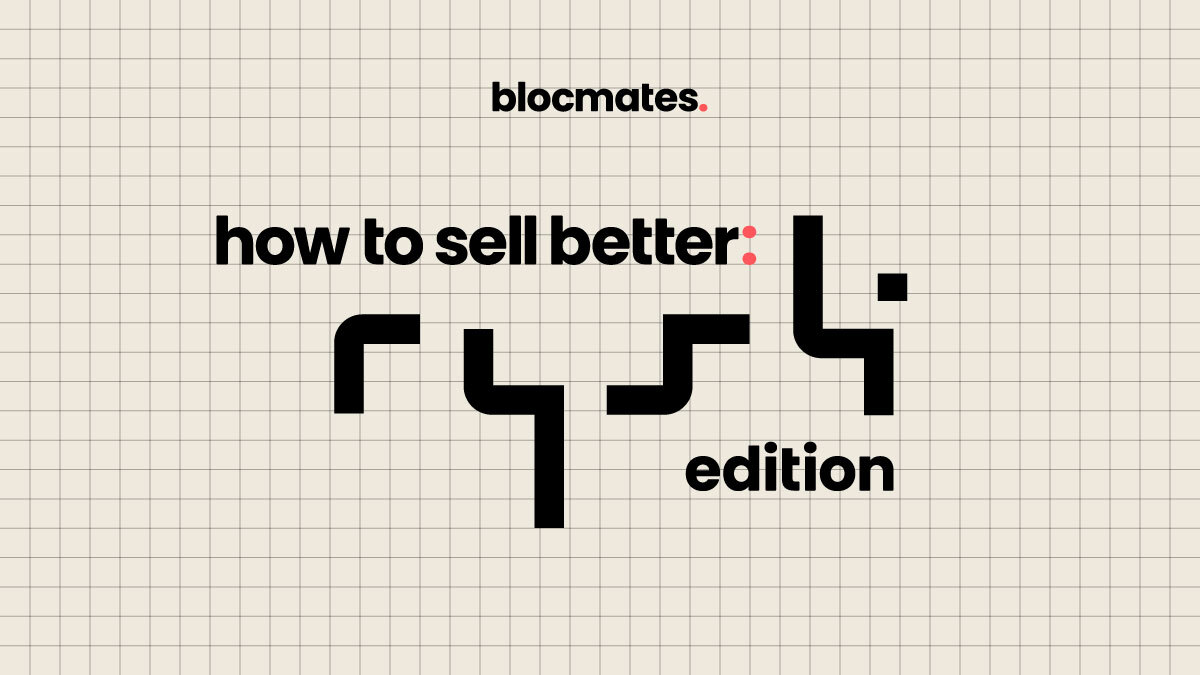
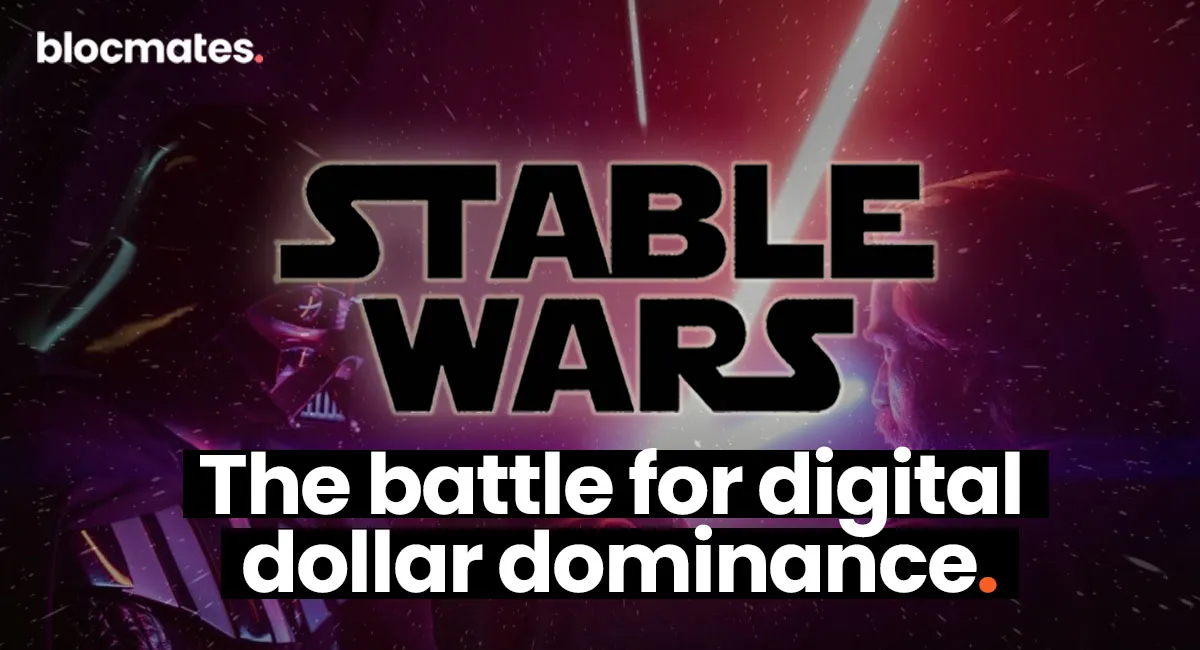

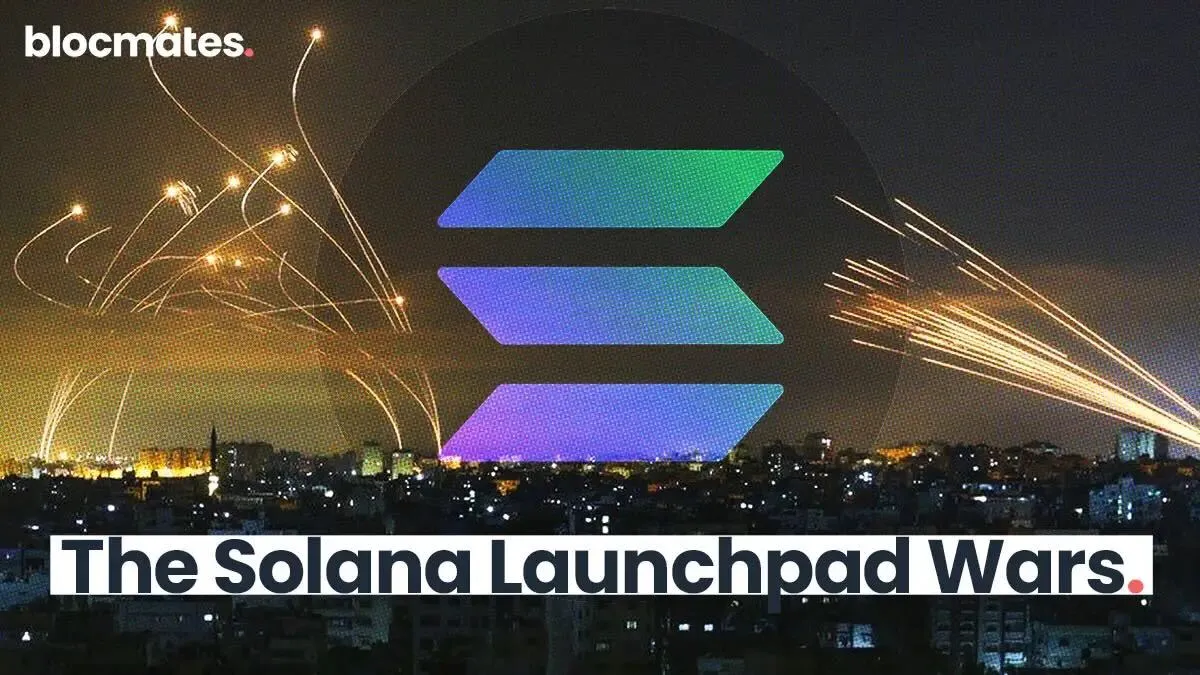




















%202.webp)


.webp)

.webp)
.webp)
.webp)



.webp)

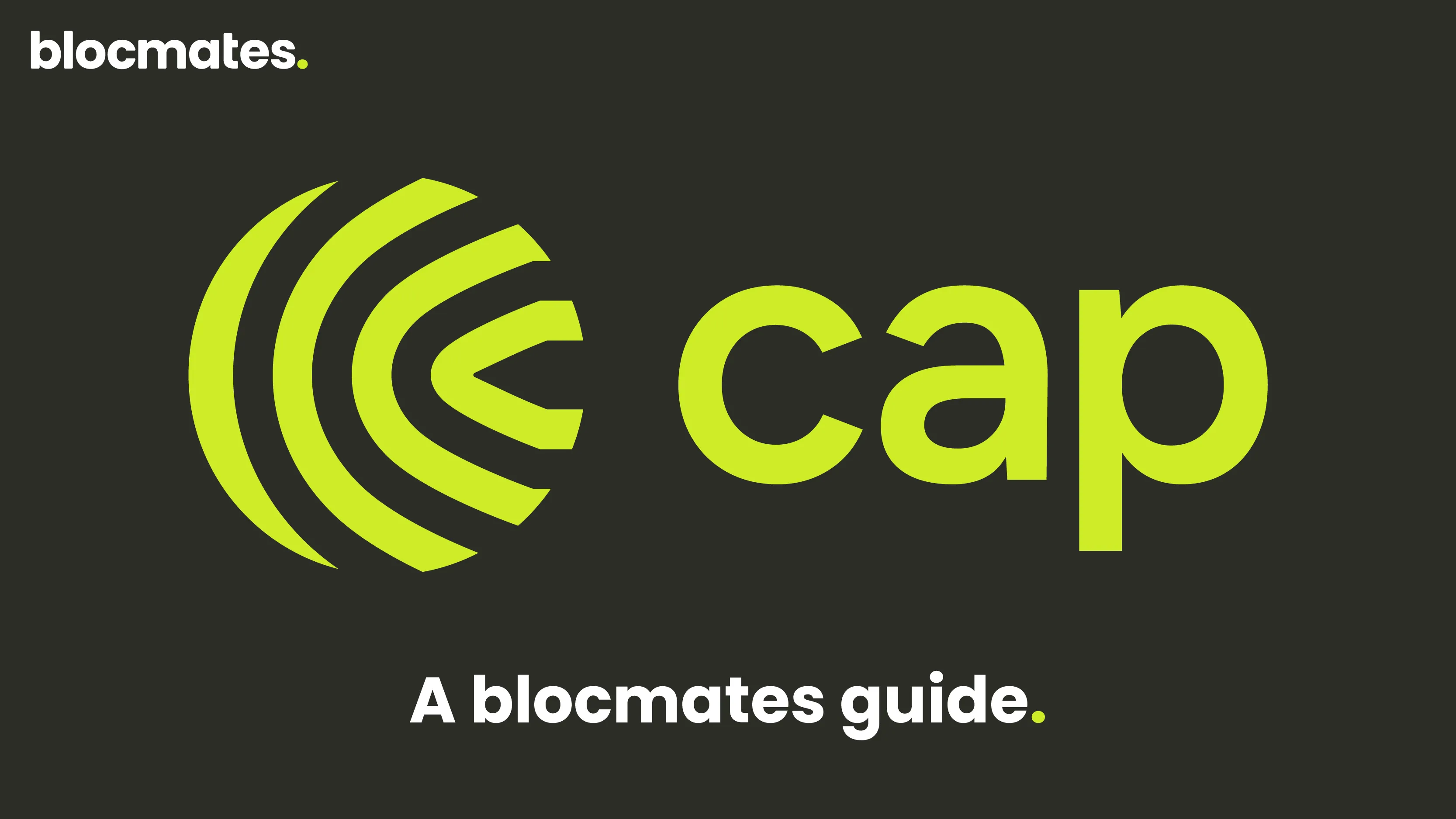










%20the%20Next%20Big%20Unlock%20in%20AI.webp)




.webp)
.webp)

.webp)
.webp)
.webp)


.webp)
.webp)










.webp)


.webp)









.webp)







.webp)
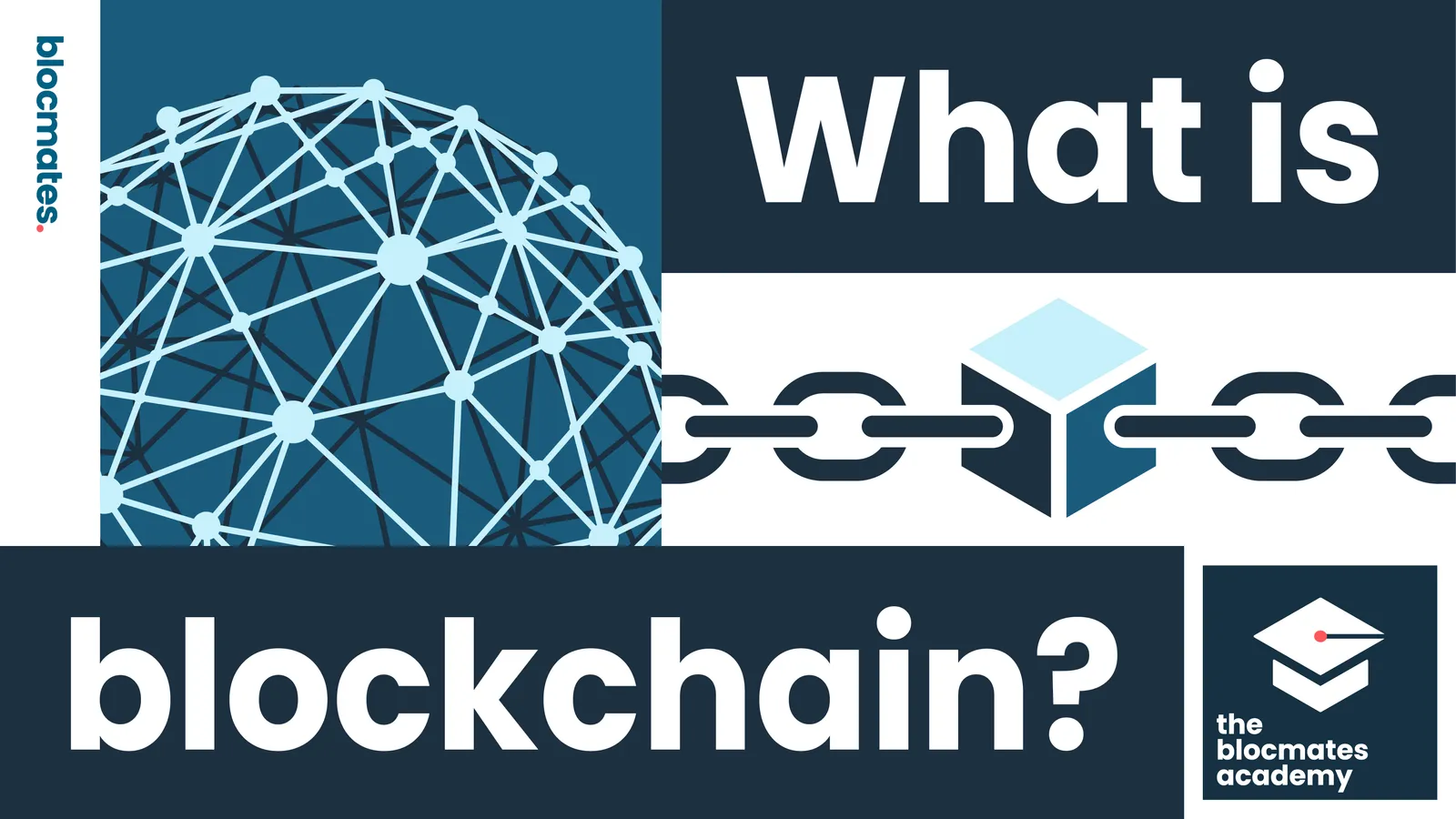



.webp)














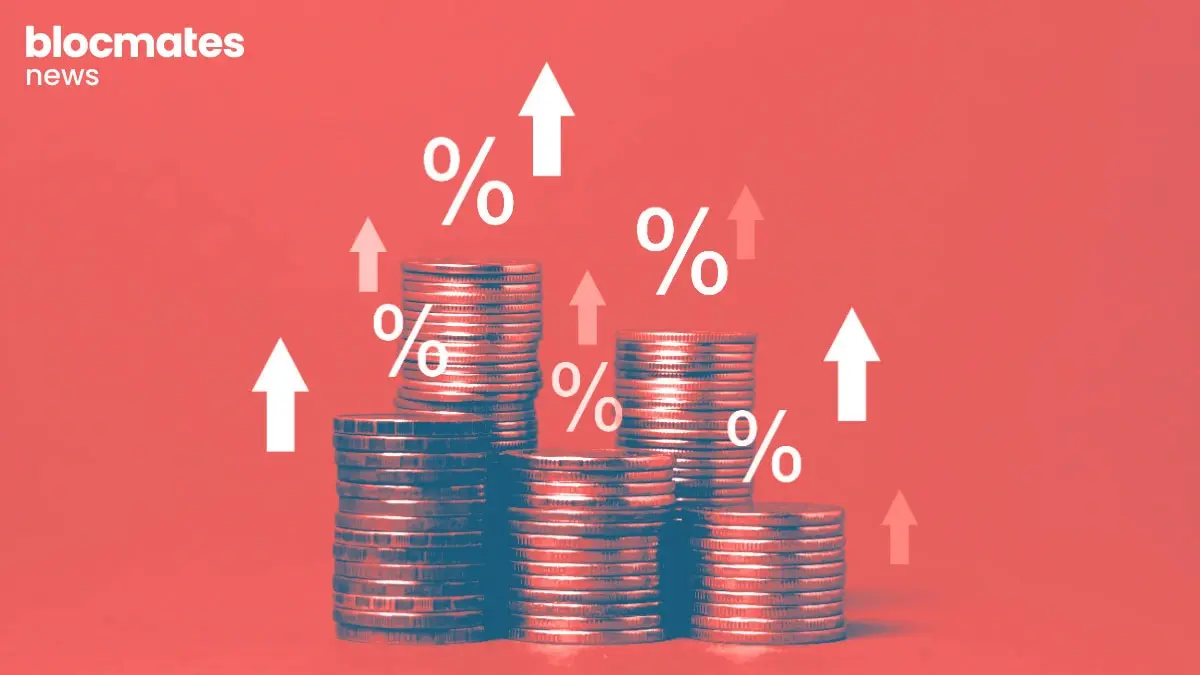

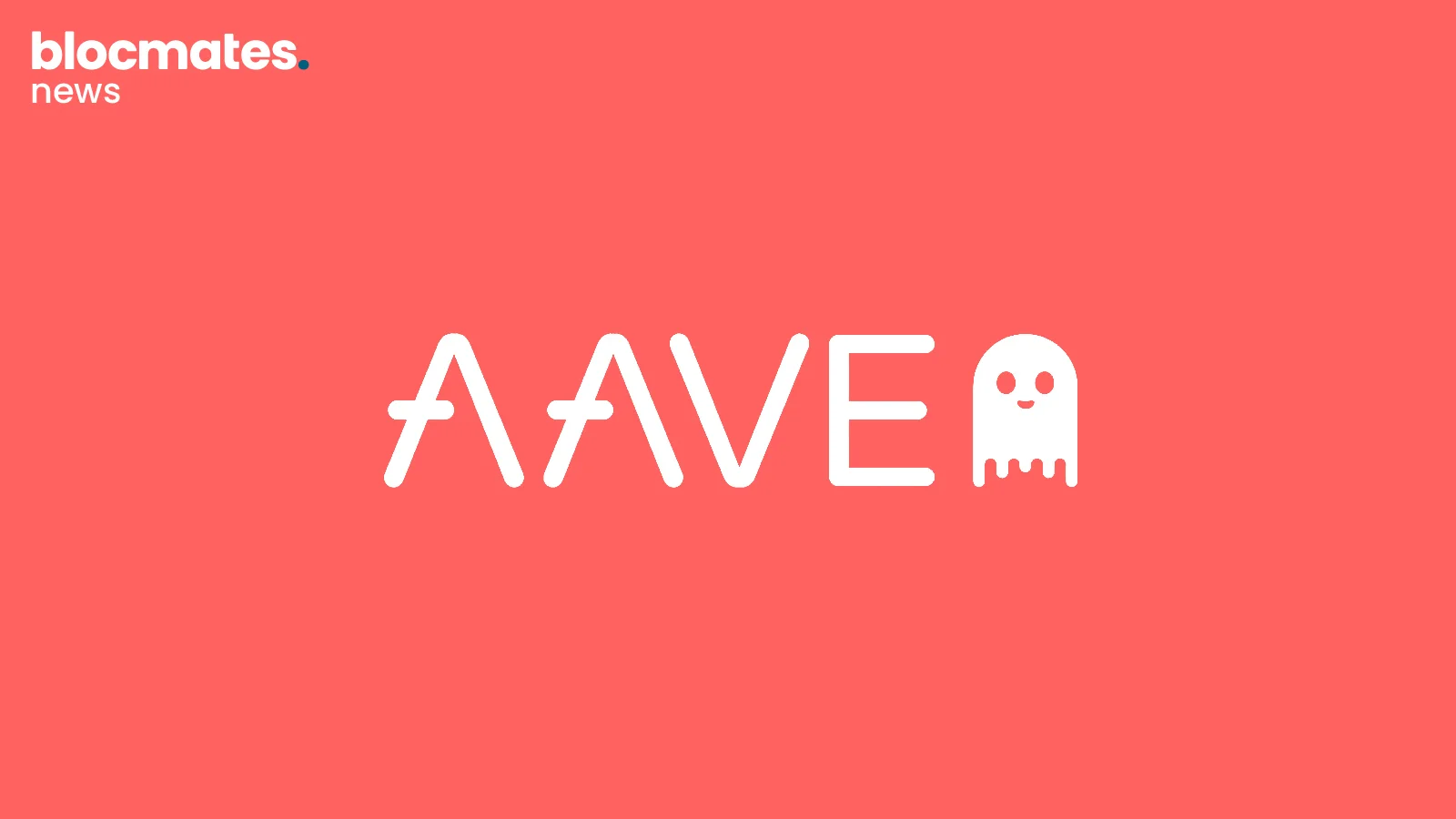
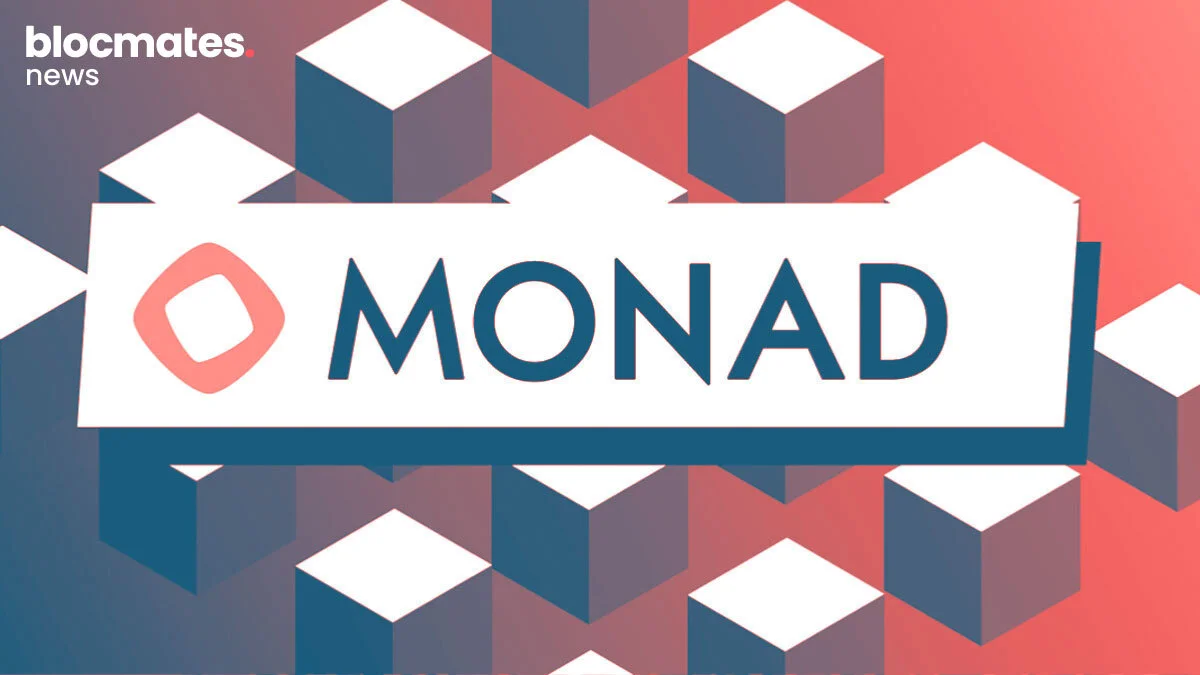
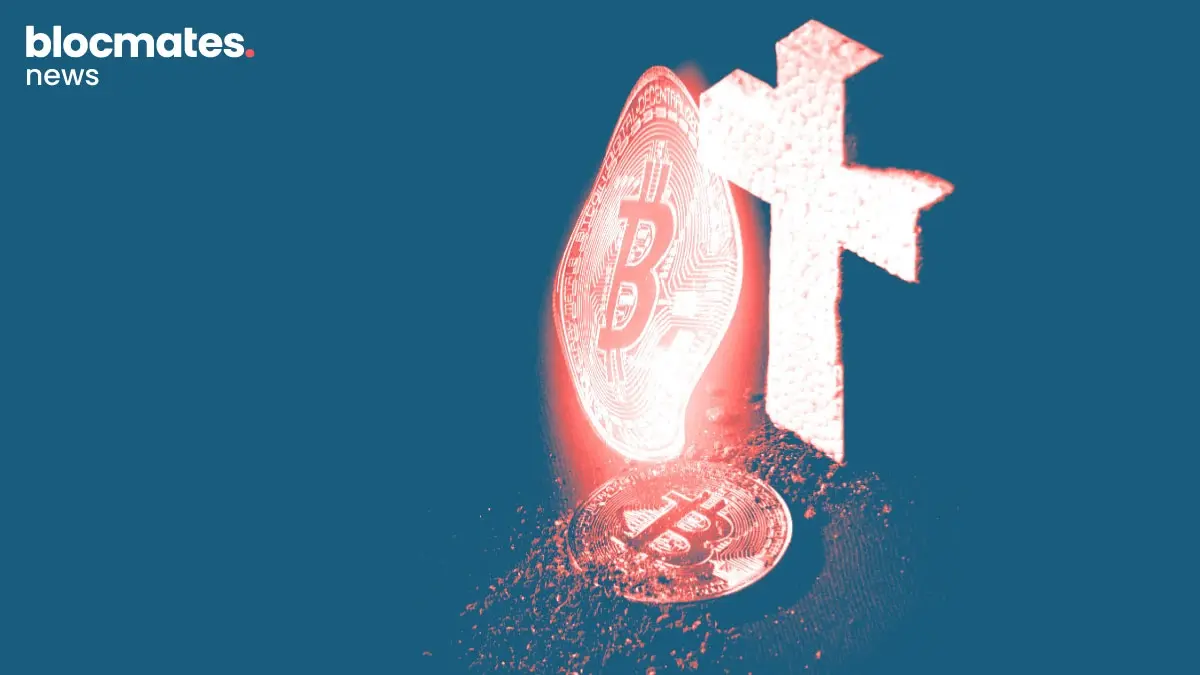




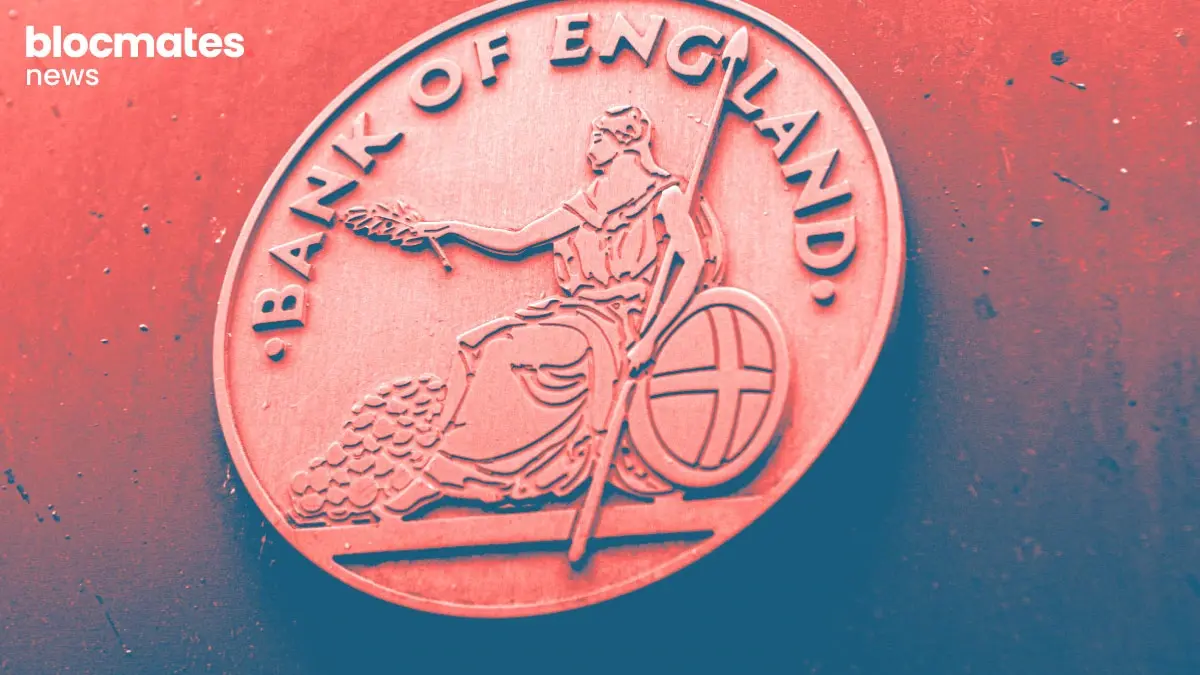


.webp)
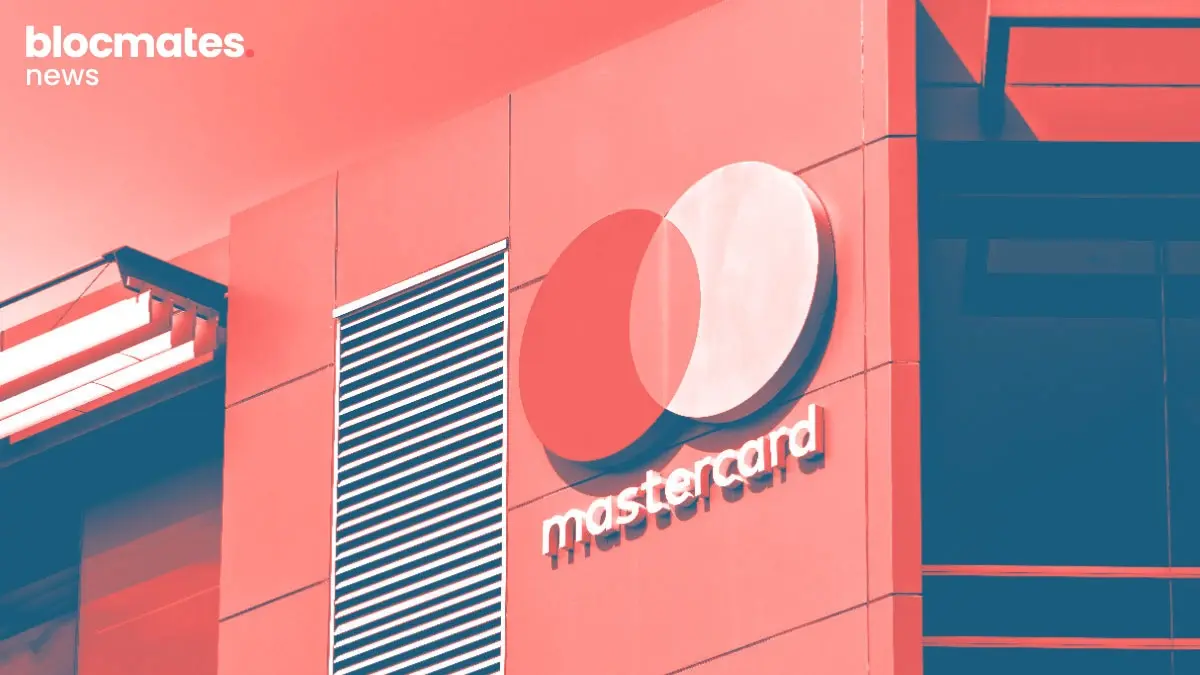






.webp)


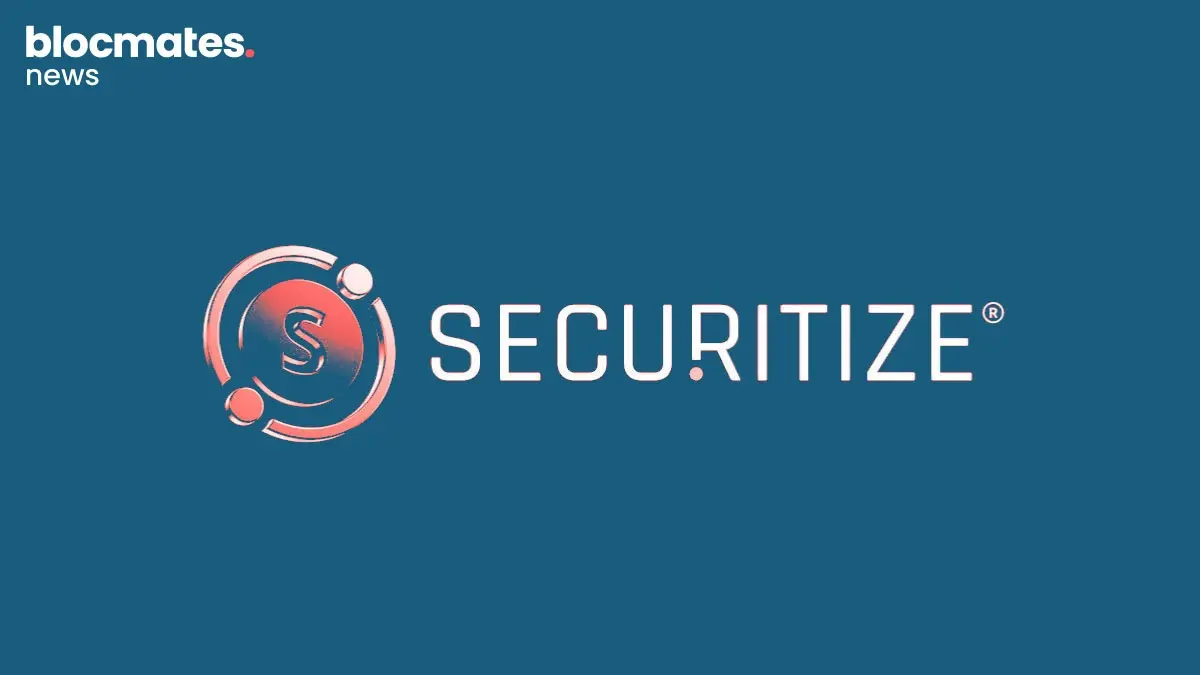

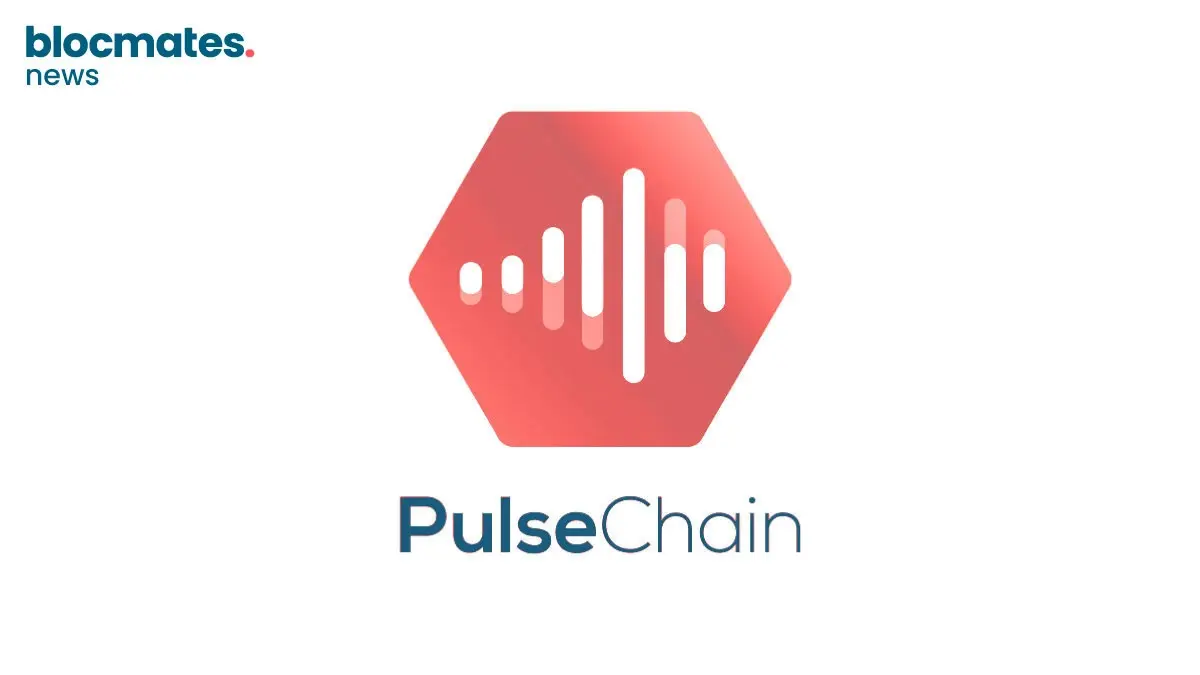
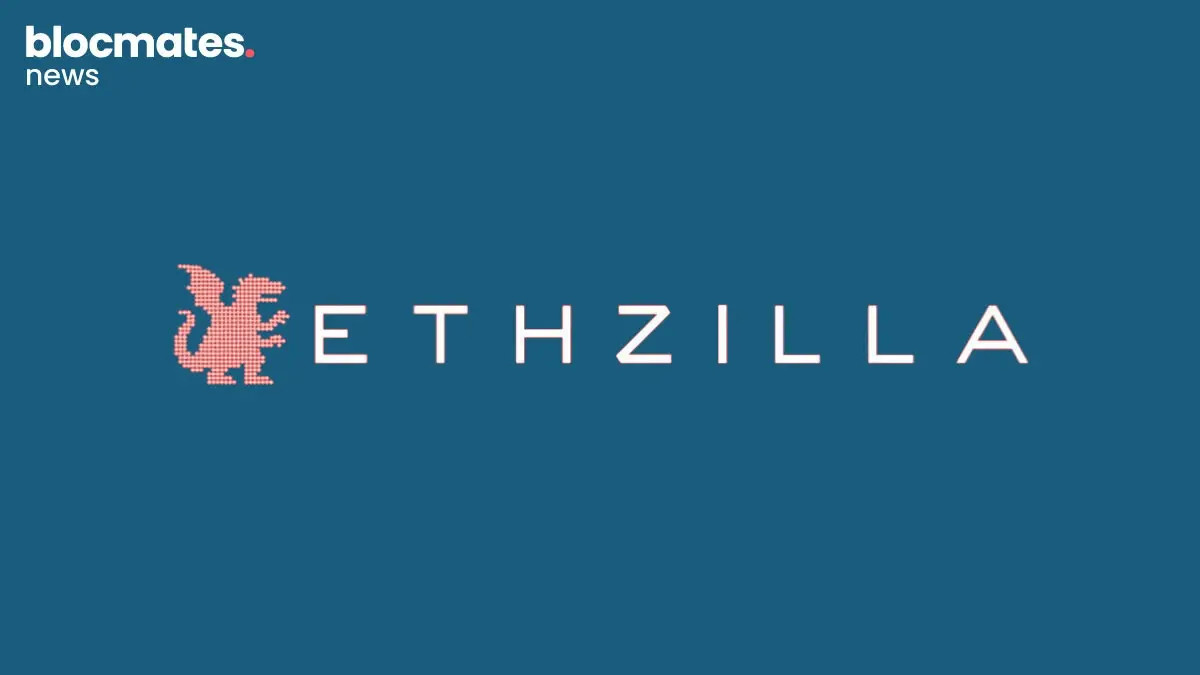
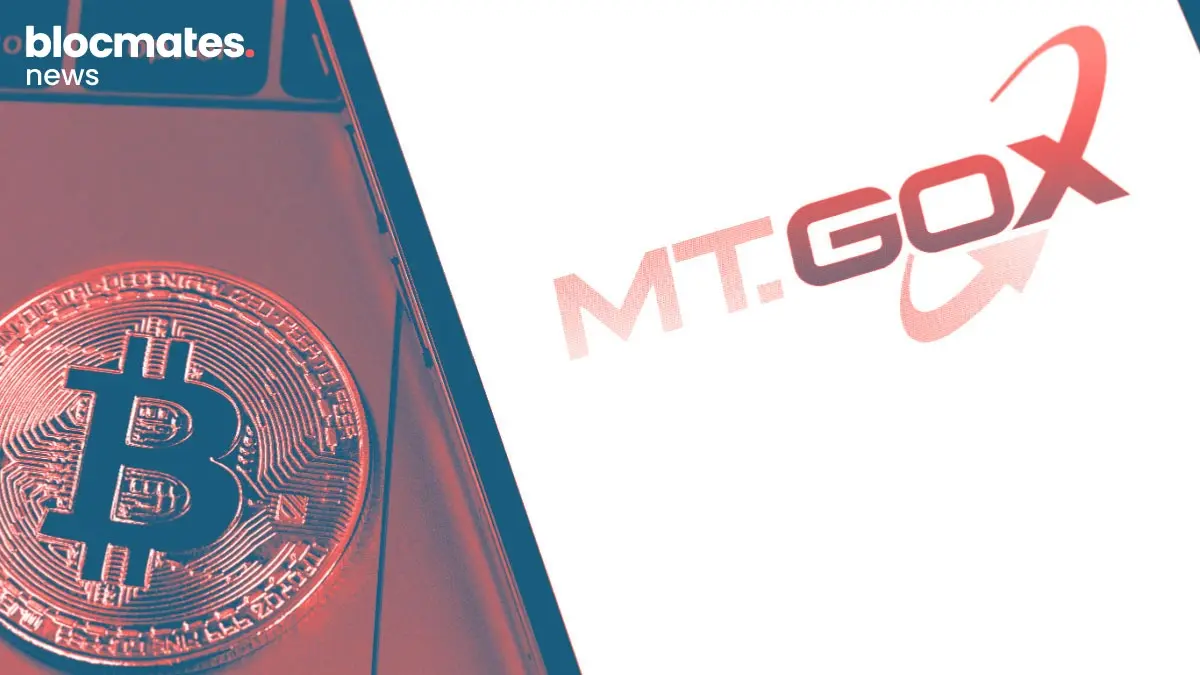

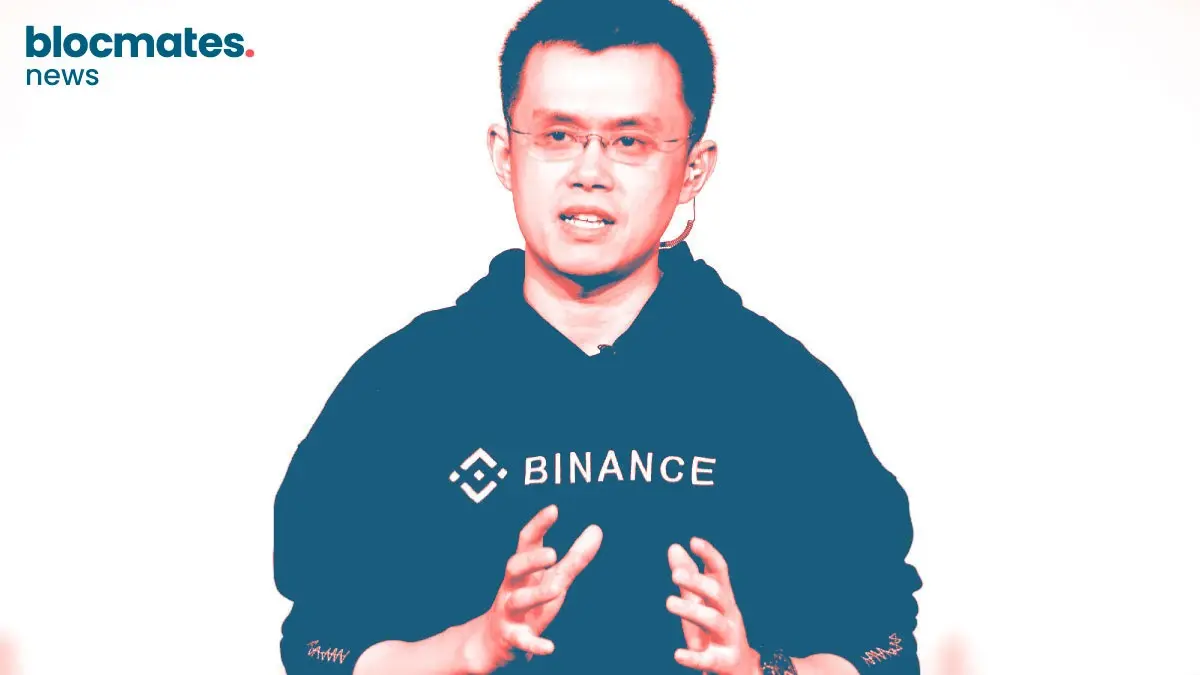


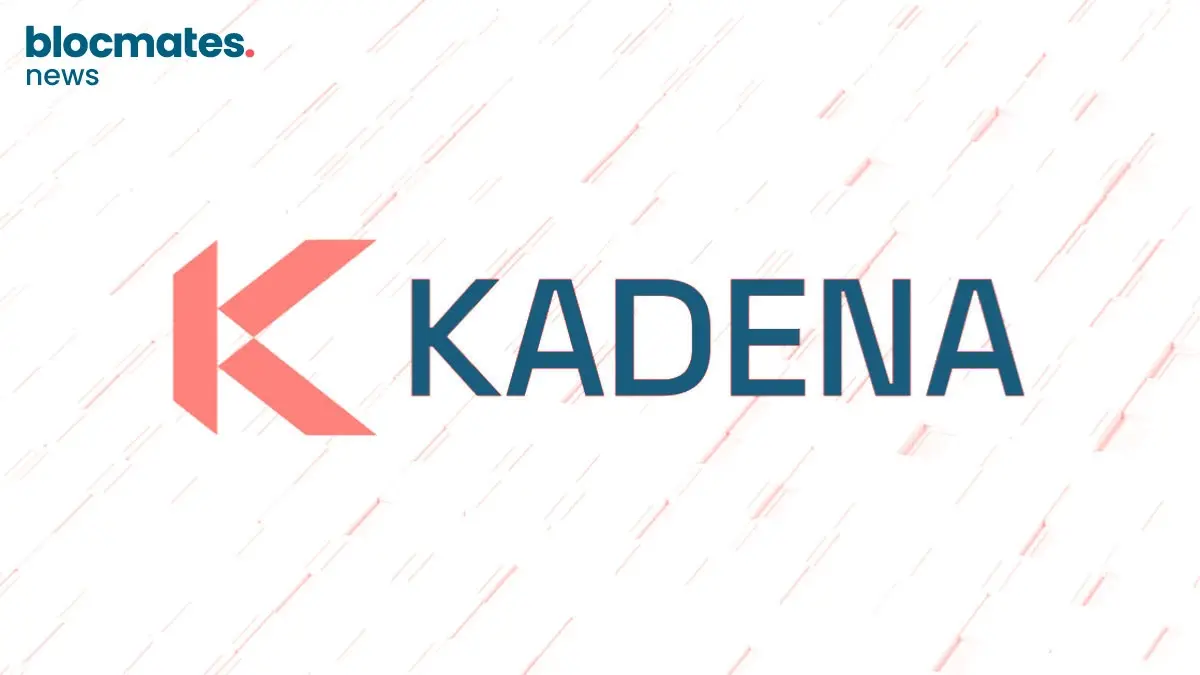

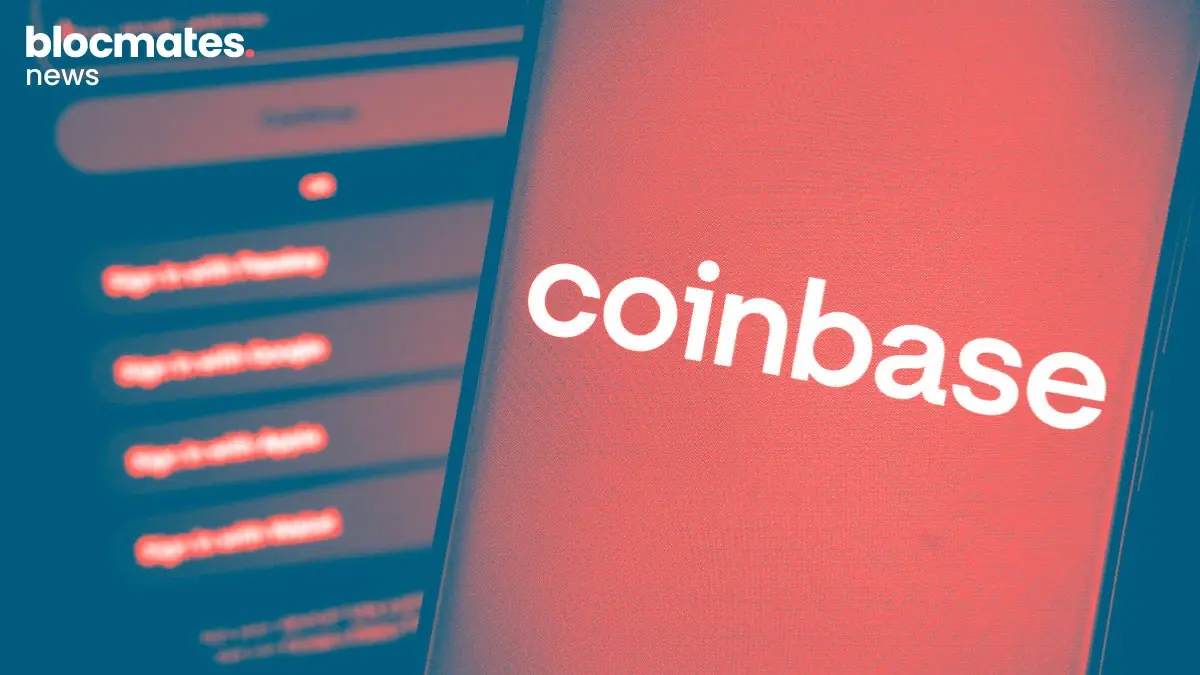
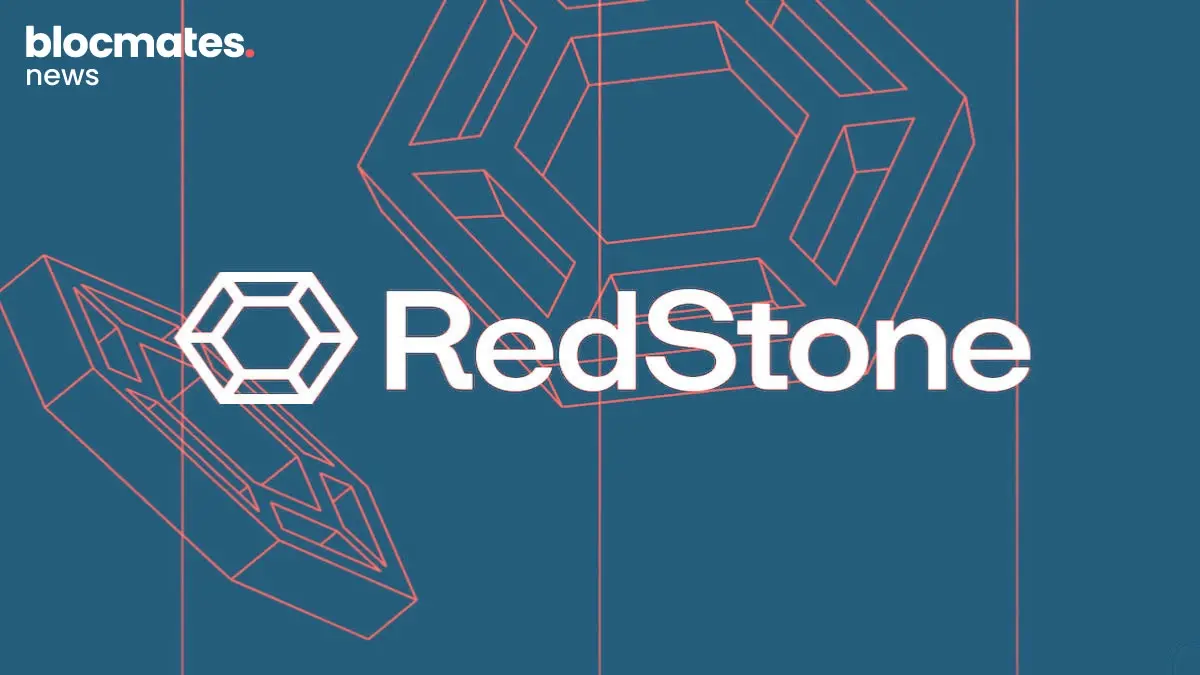
.webp)

.webp)
.webp)

.webp)


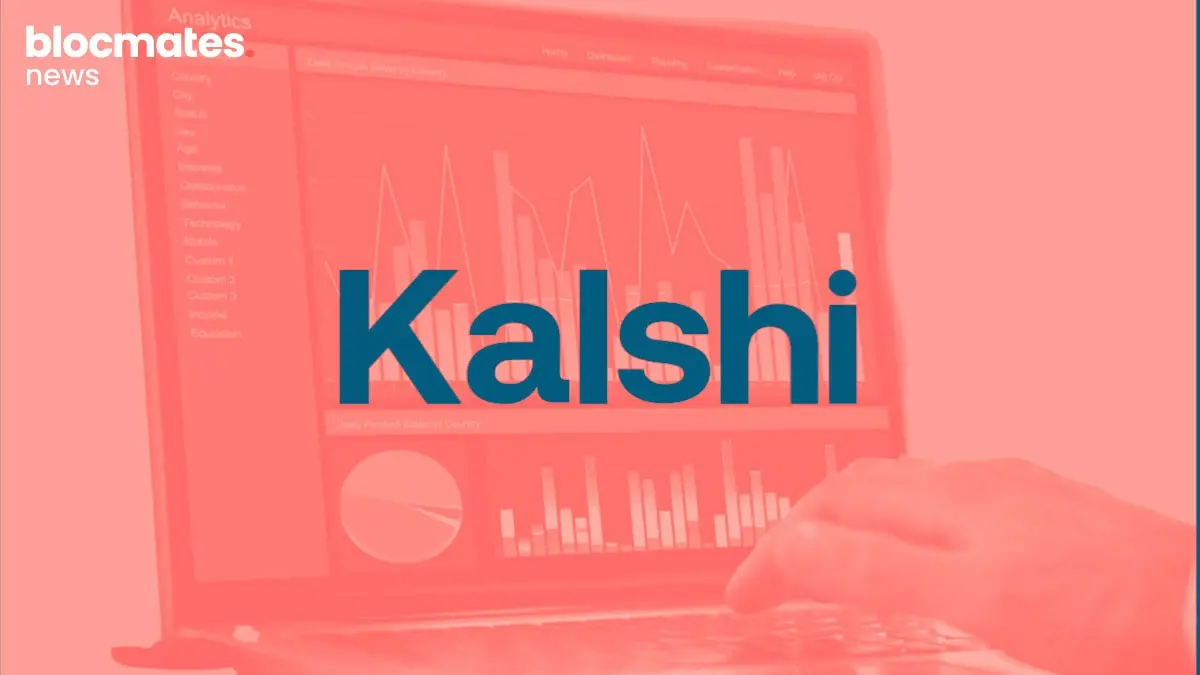
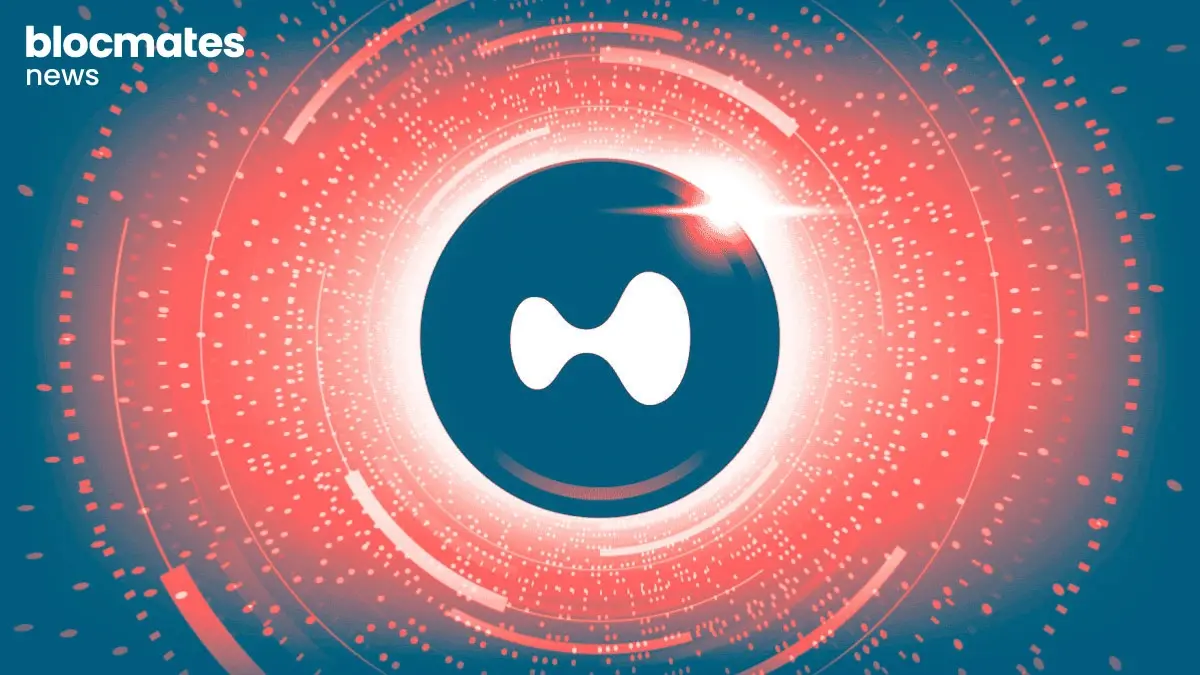




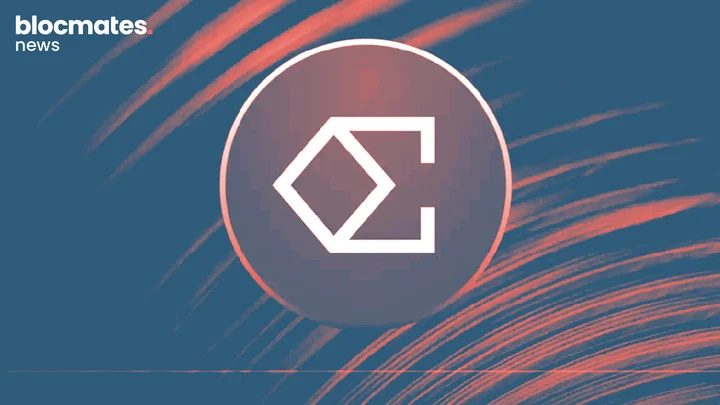


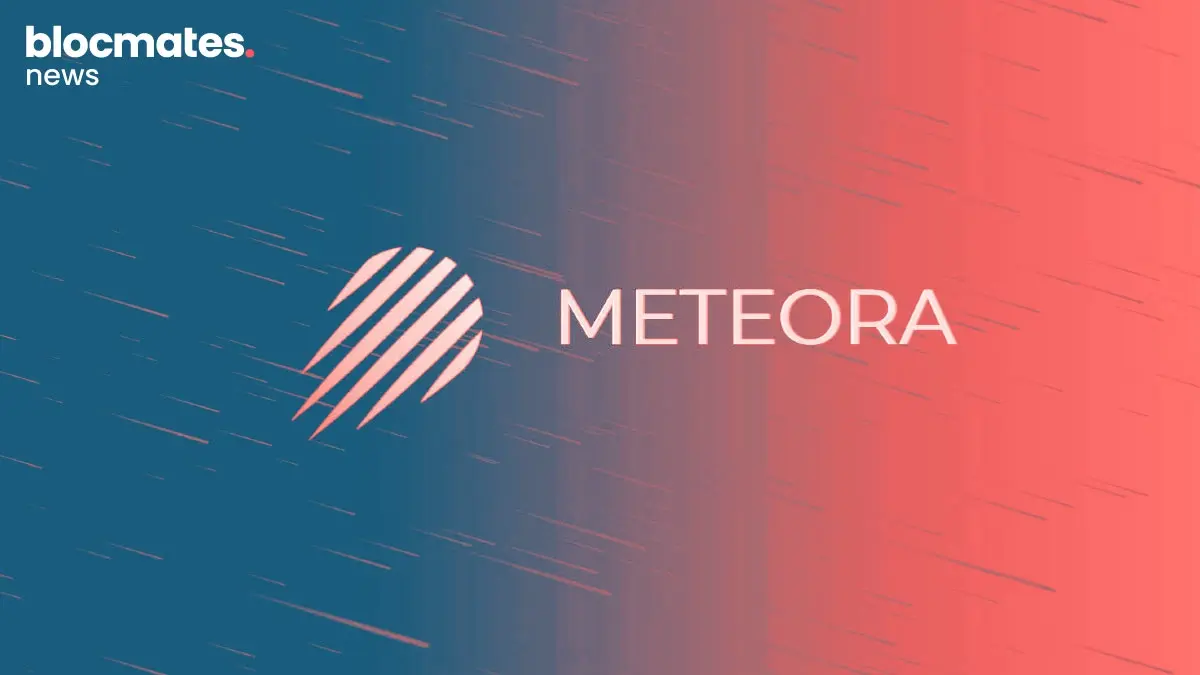


.webp)

.webp)


.webp)



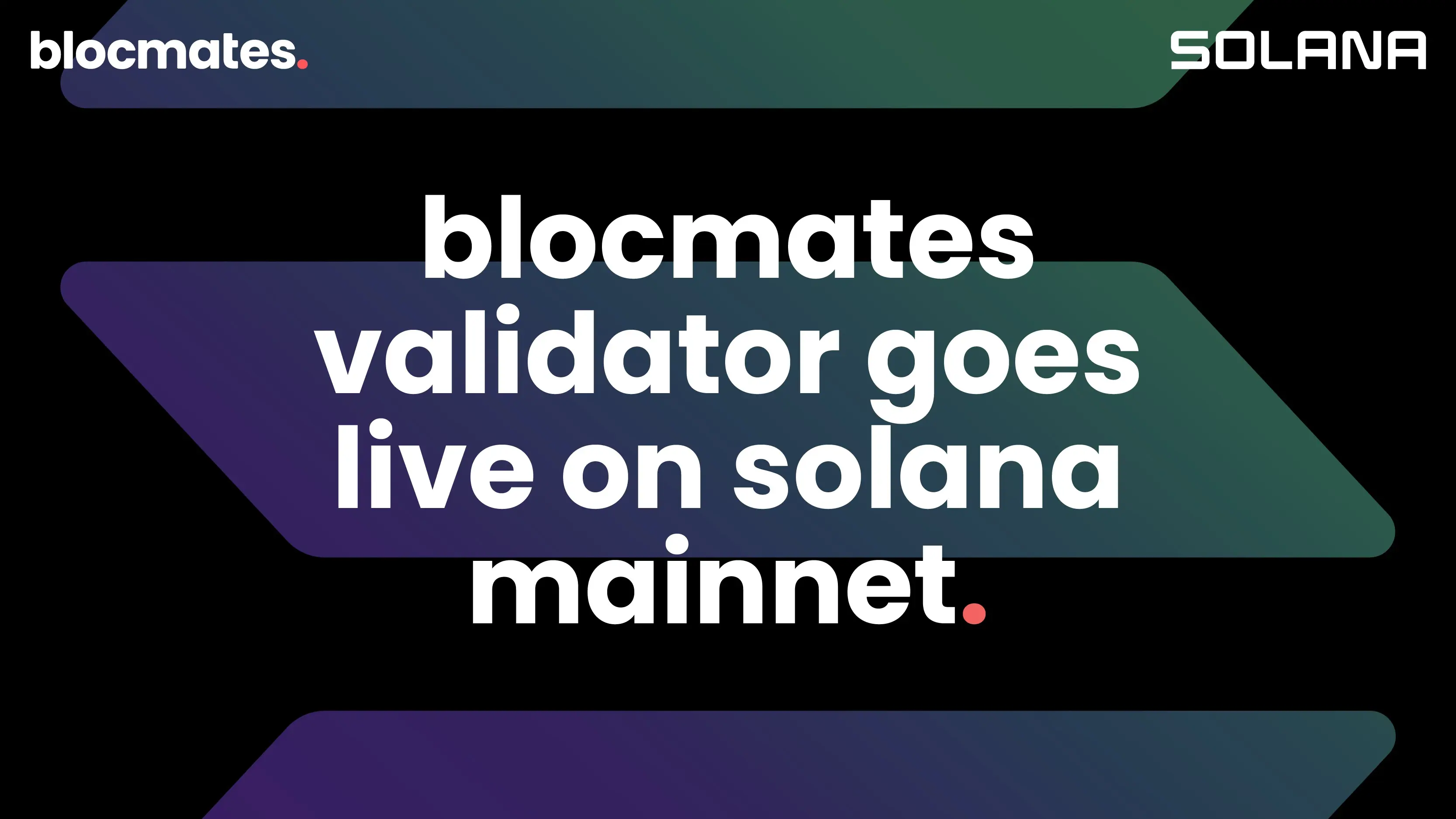
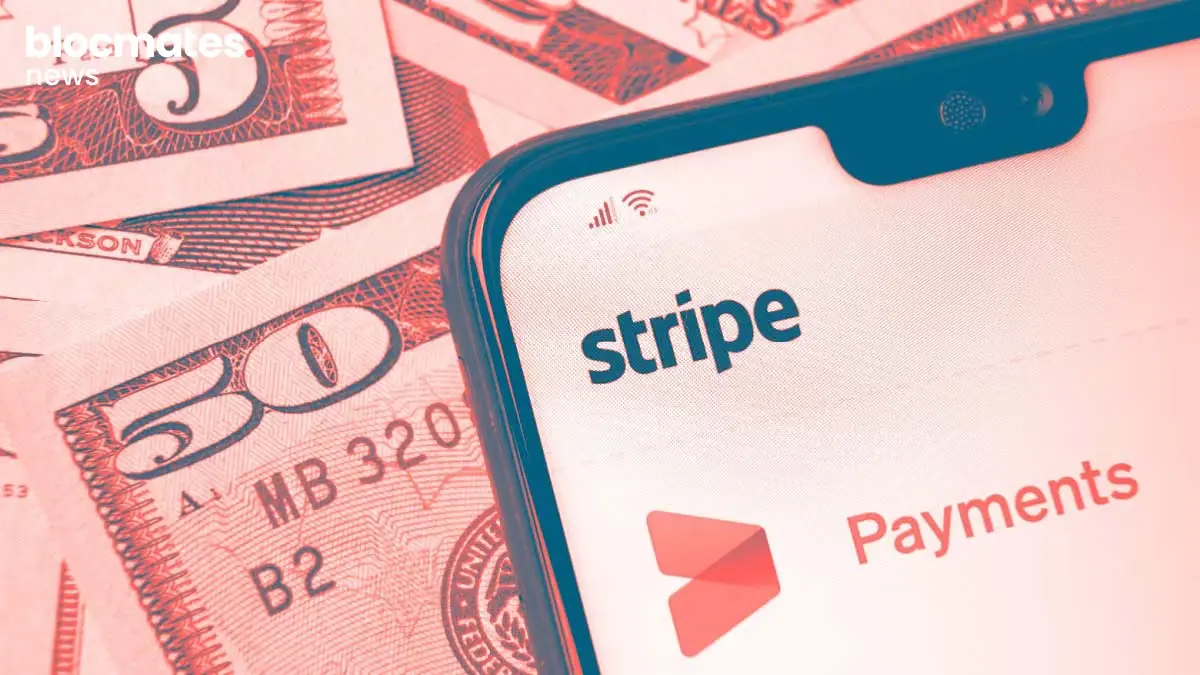



.webp)
